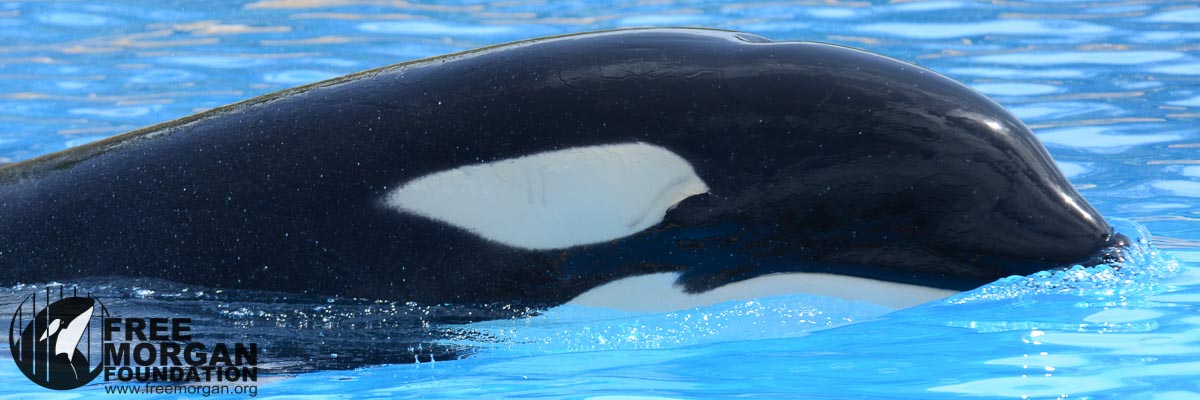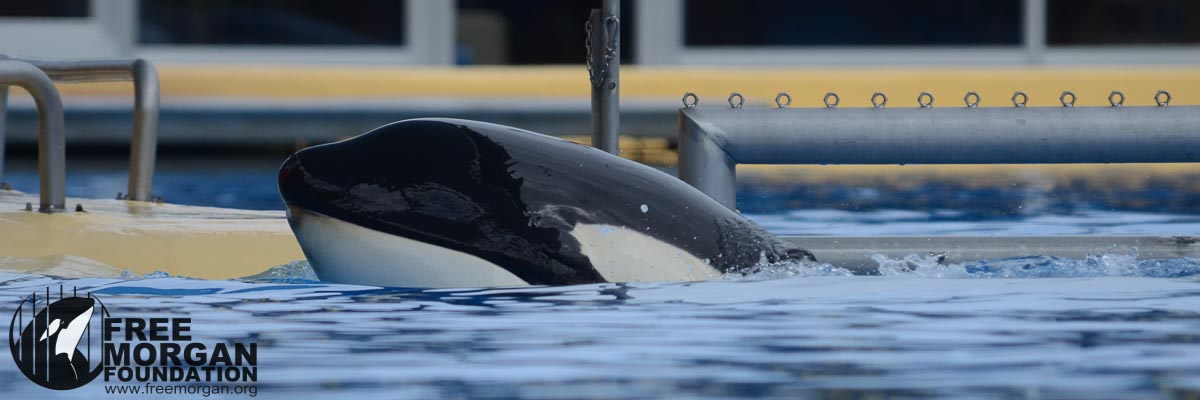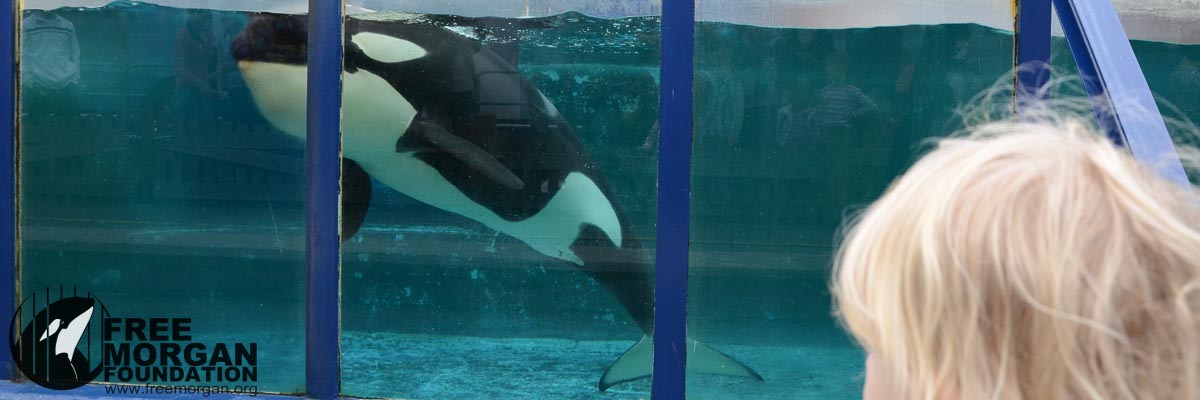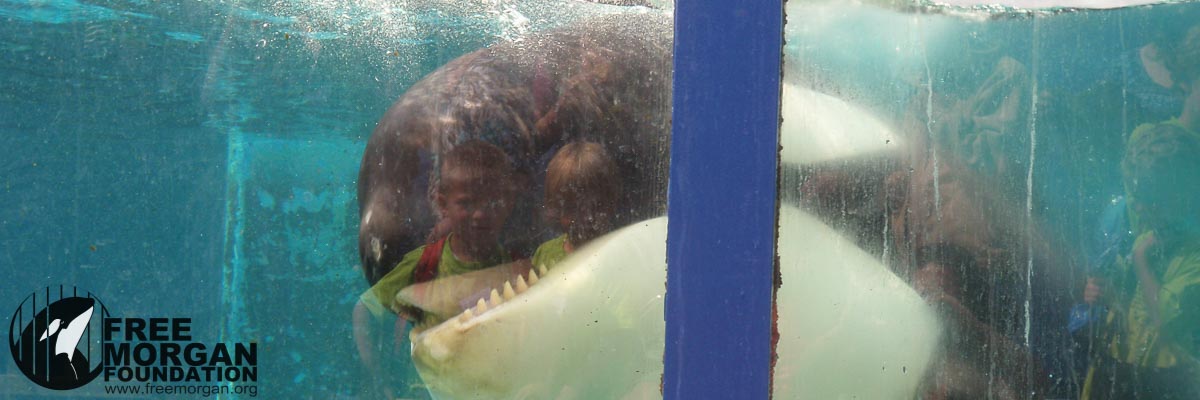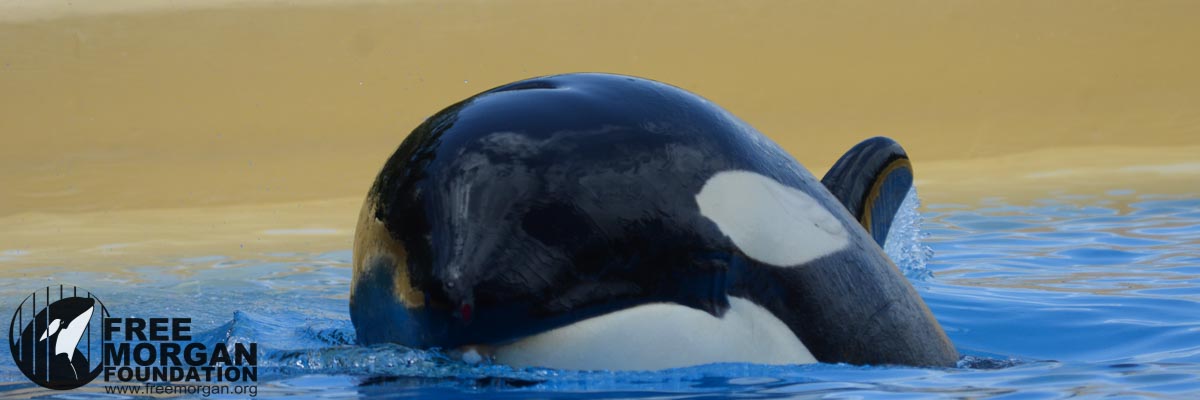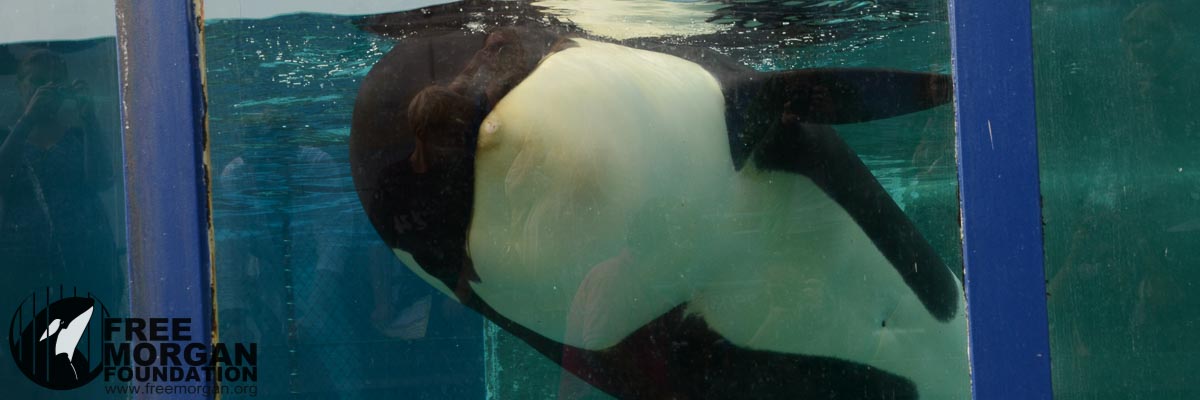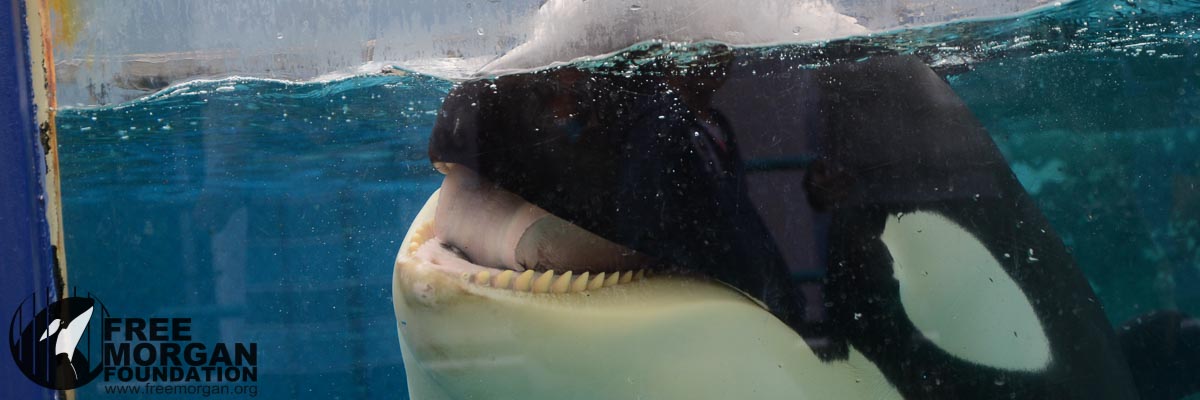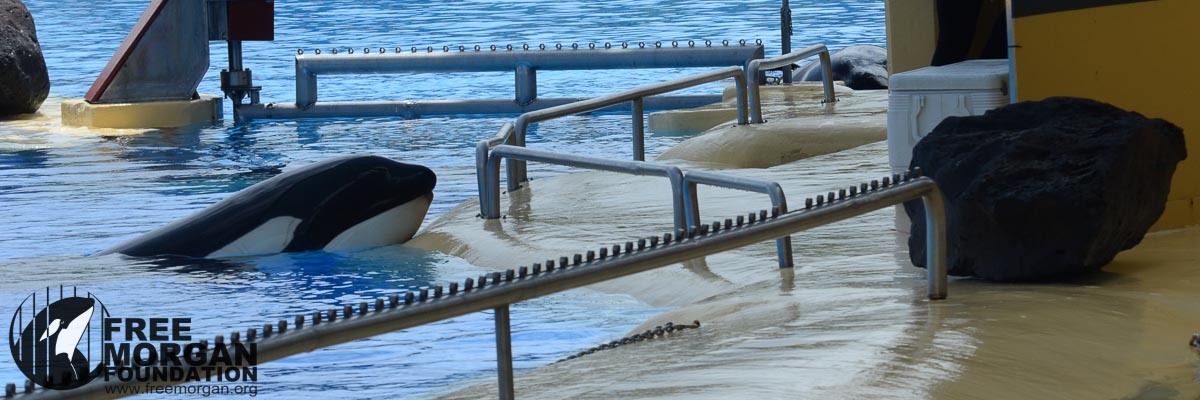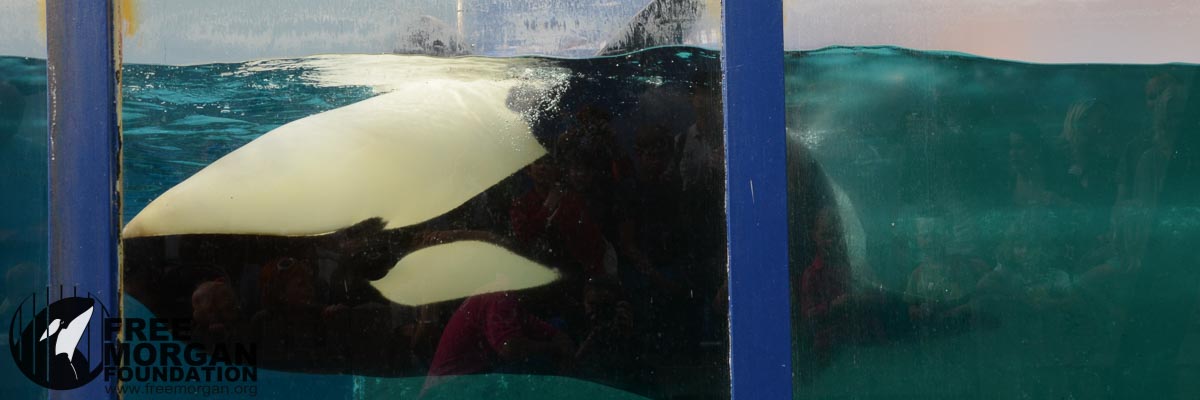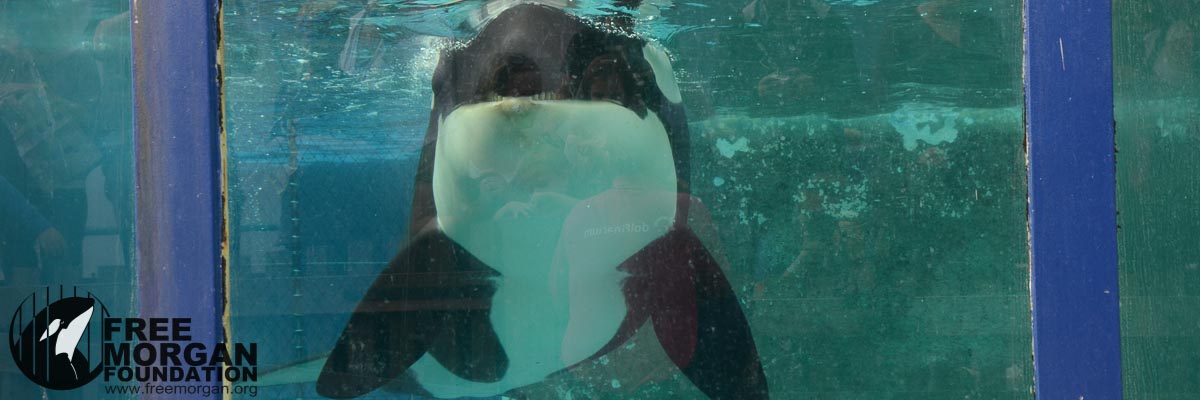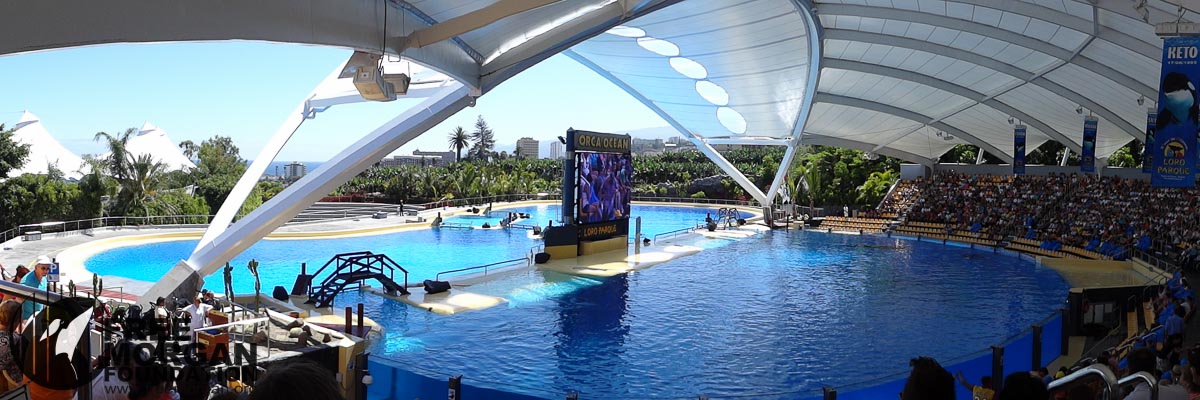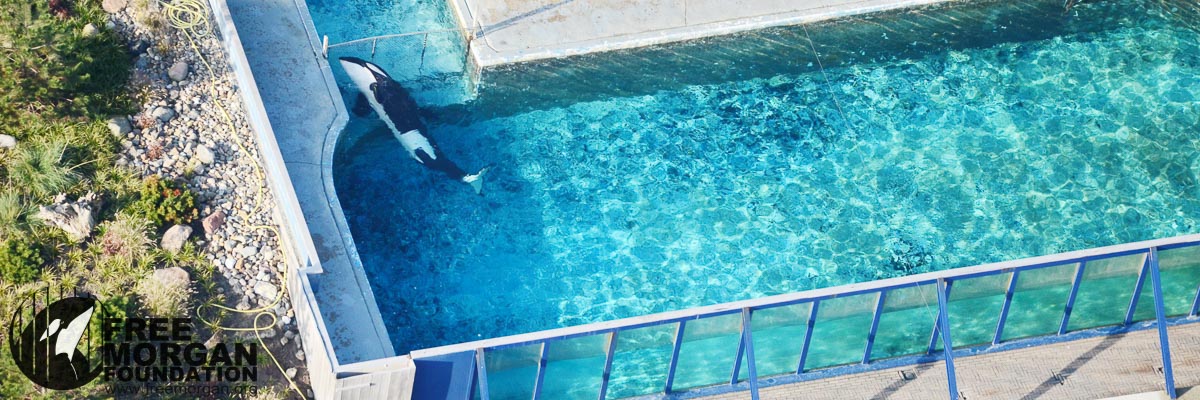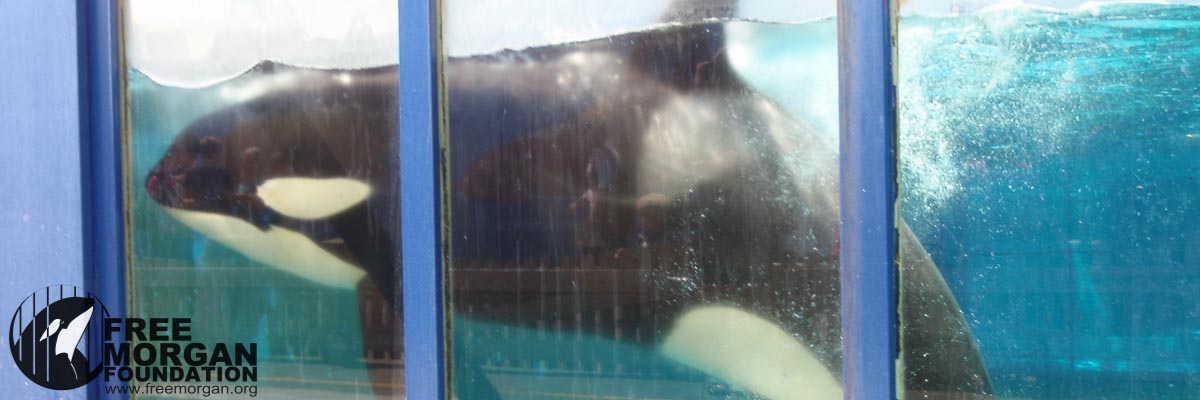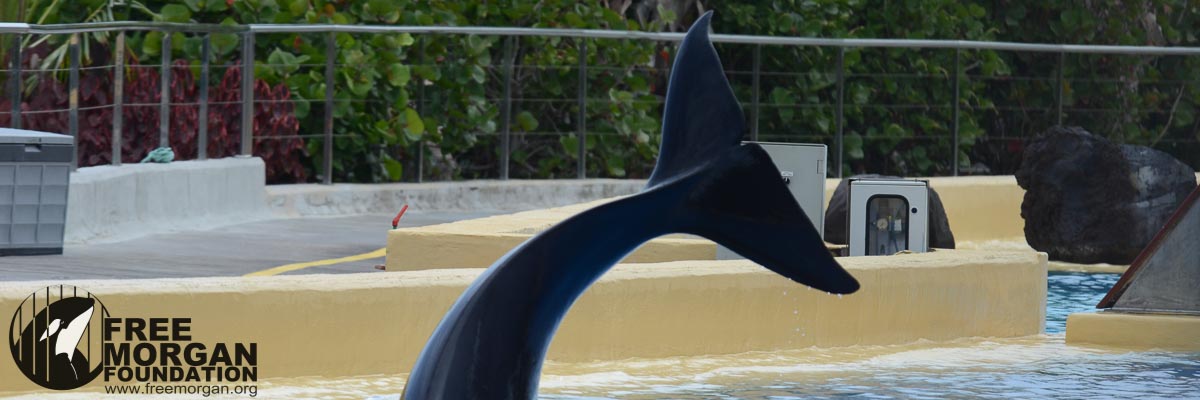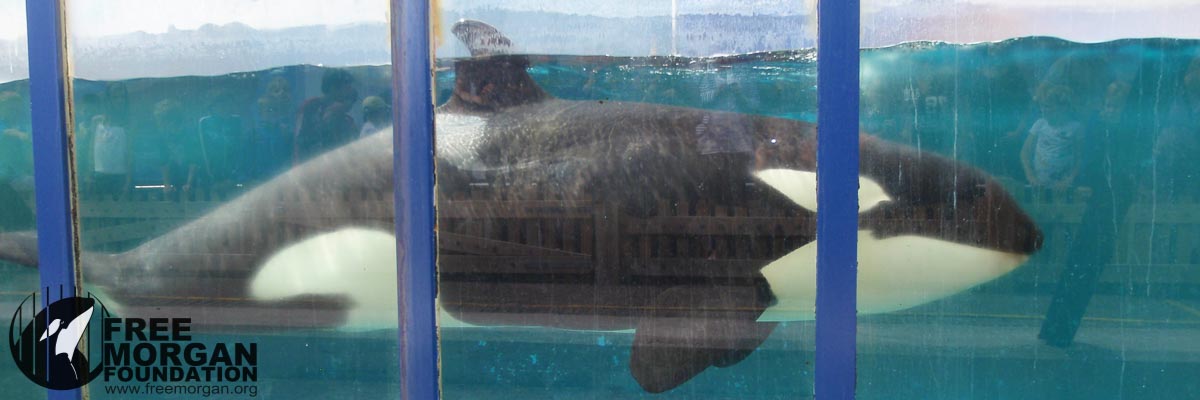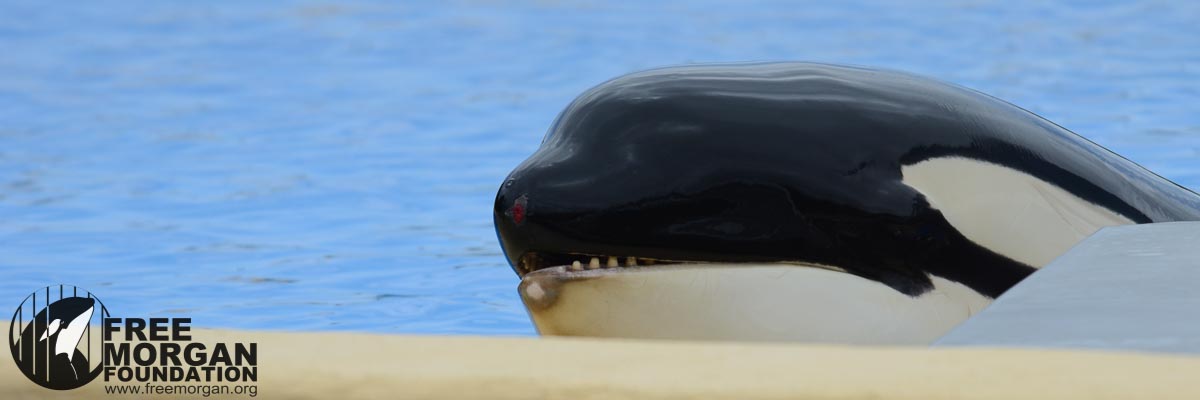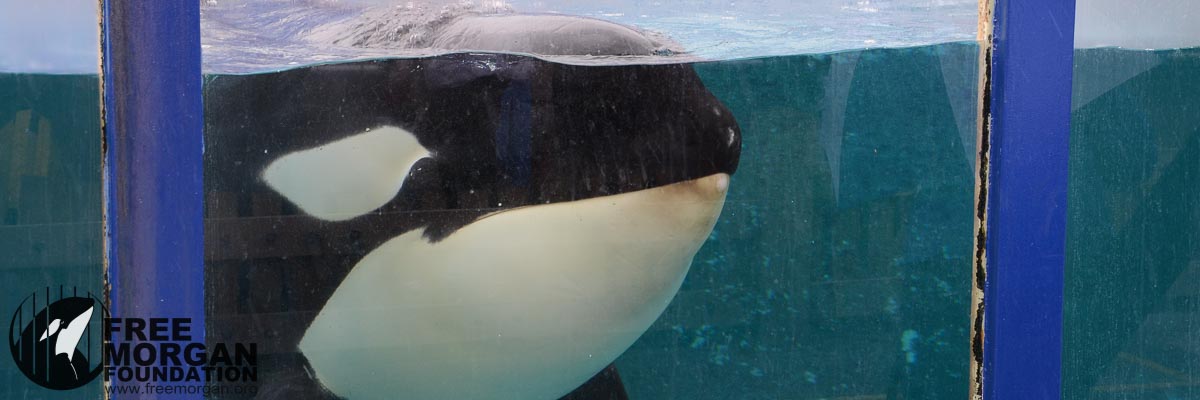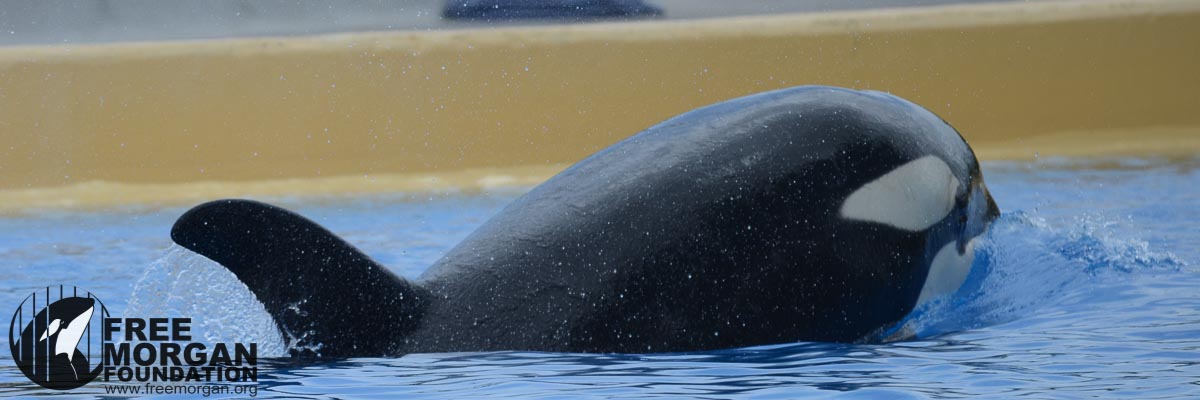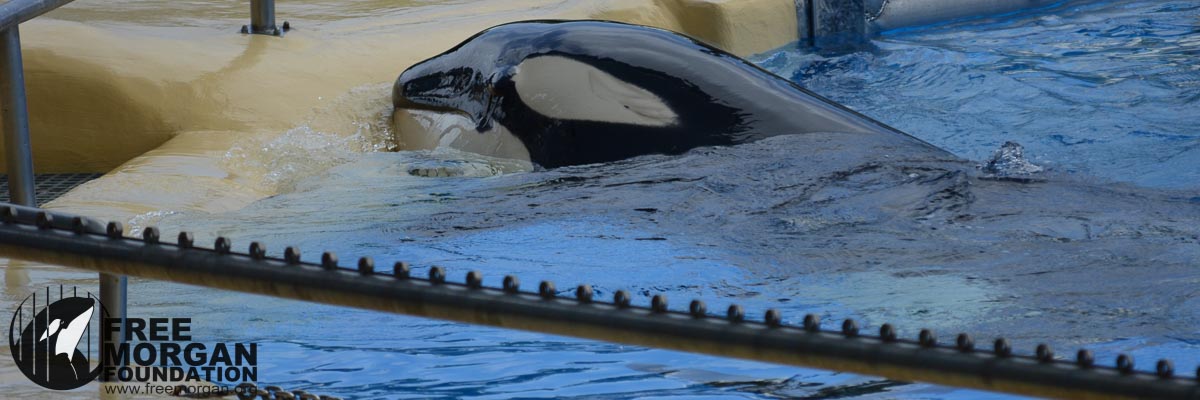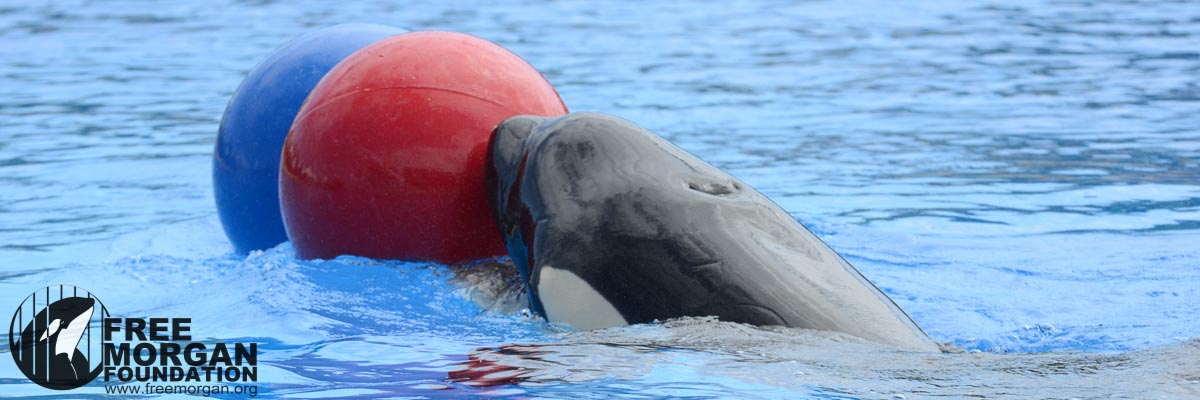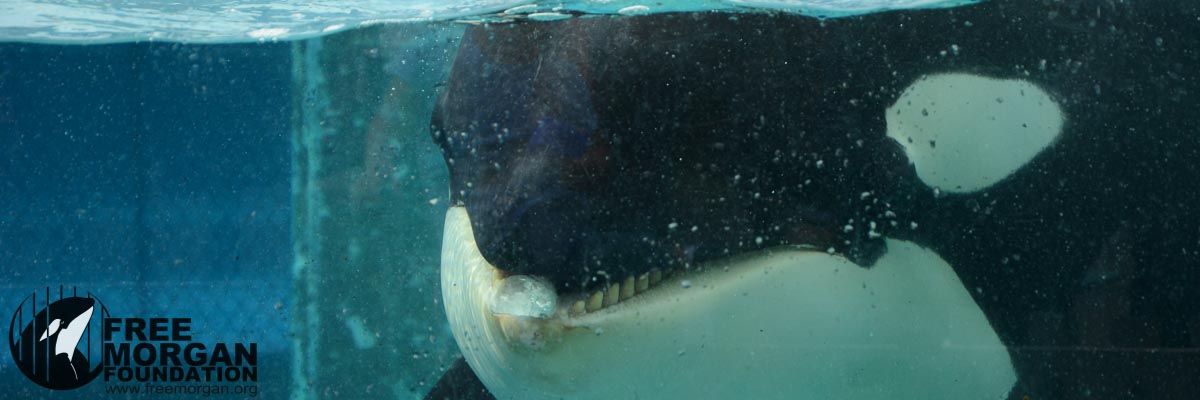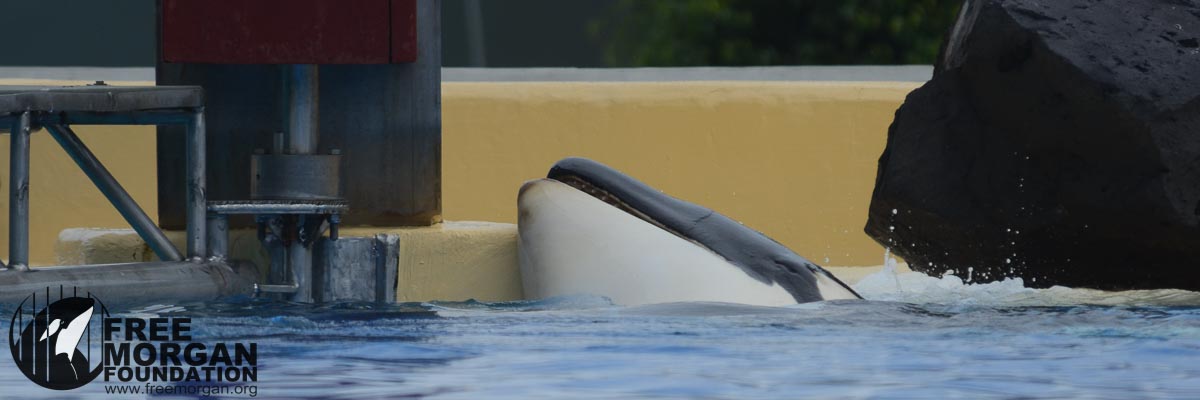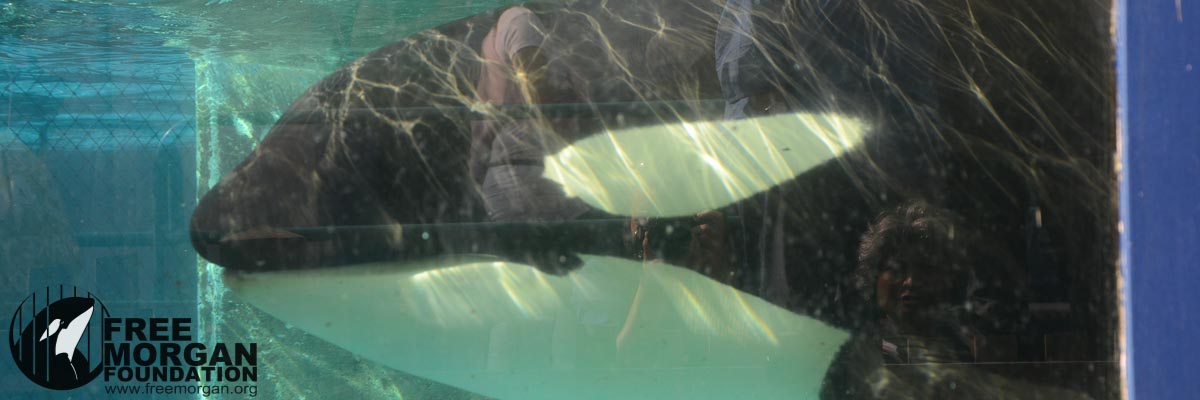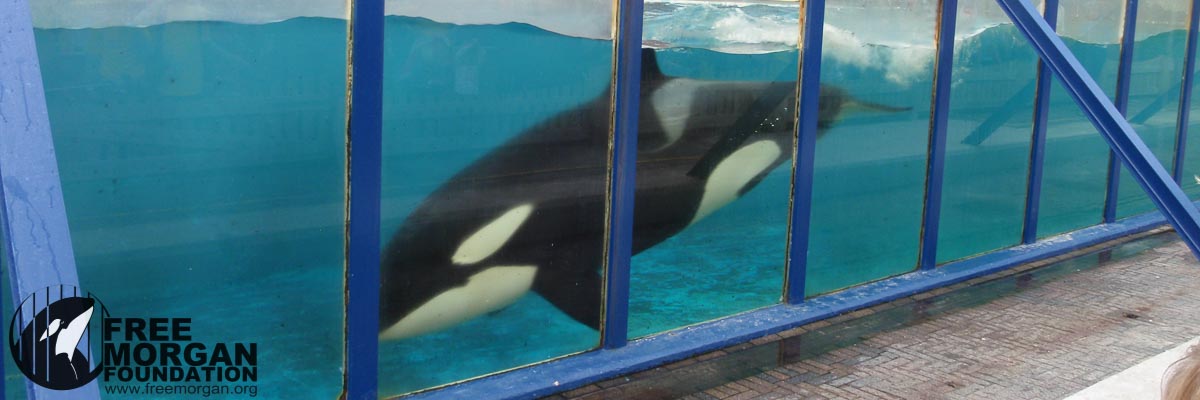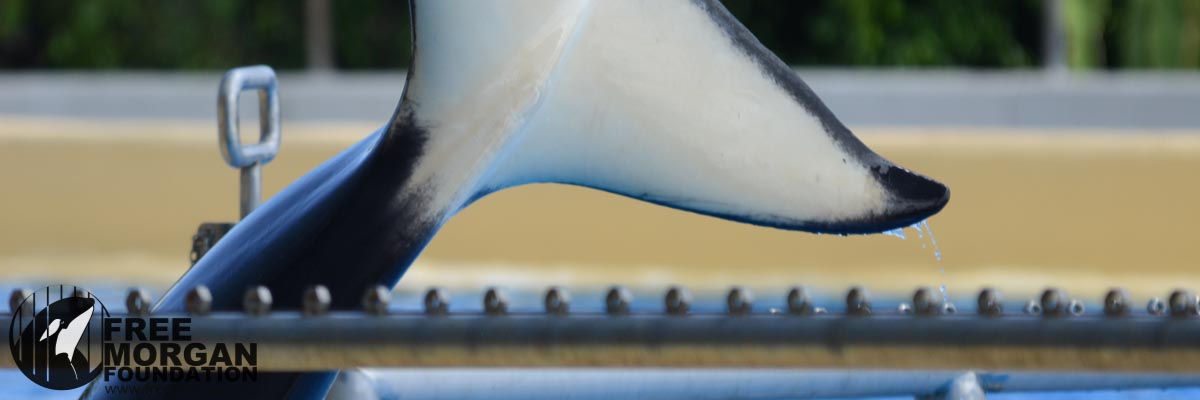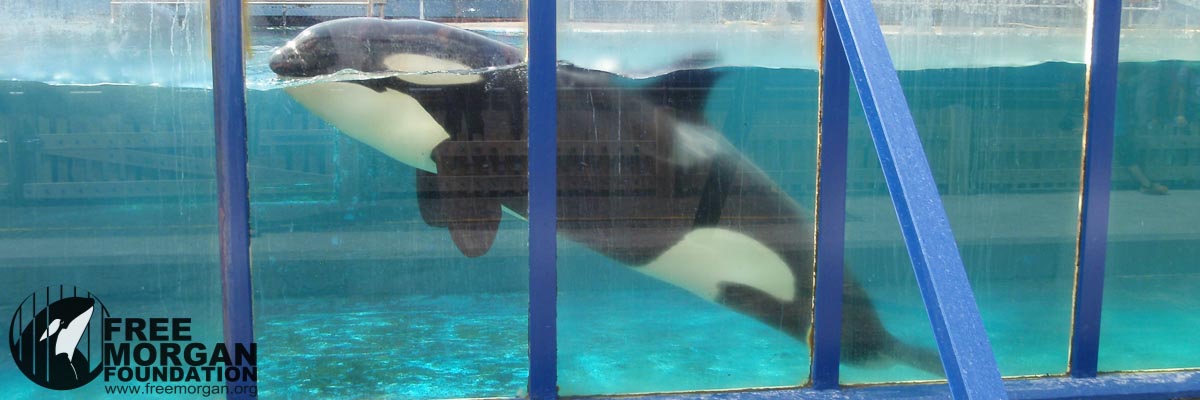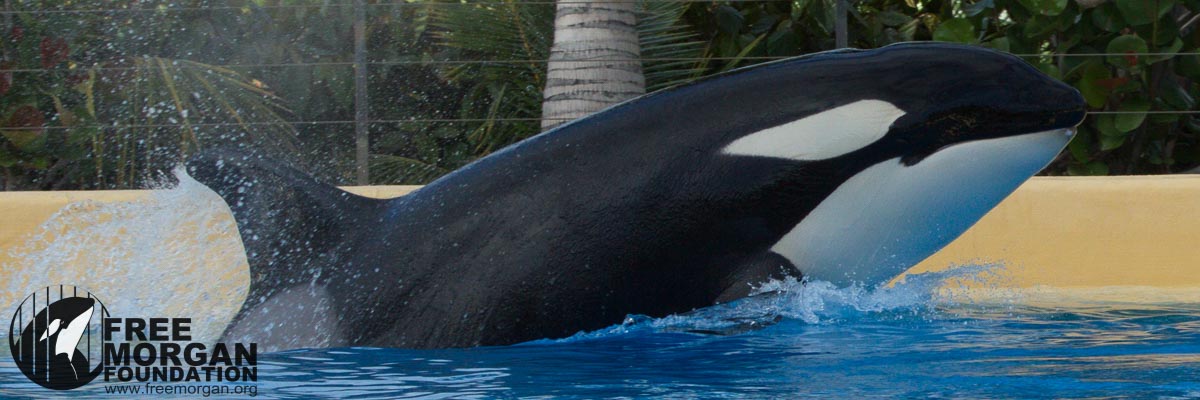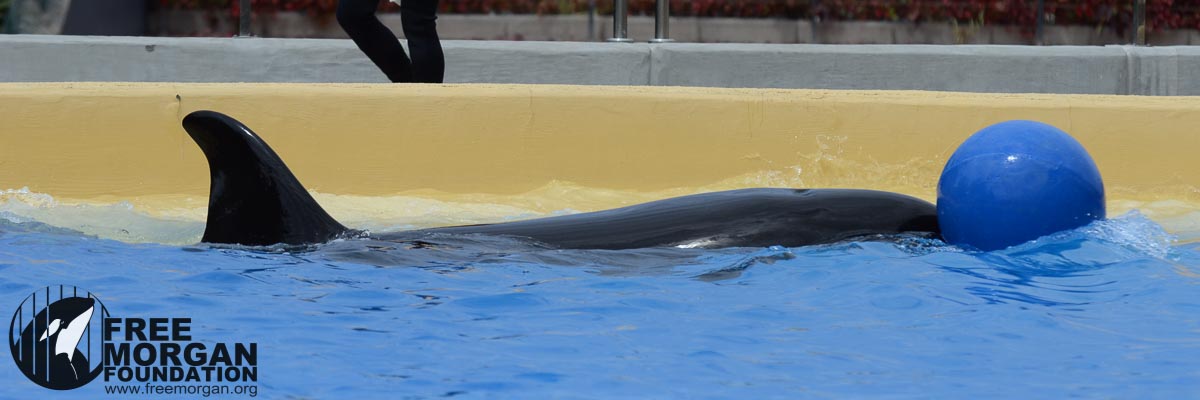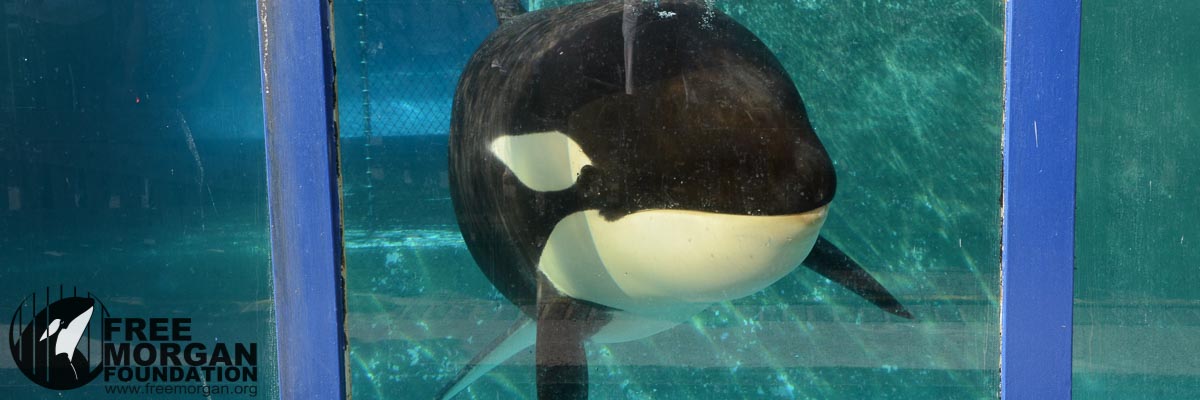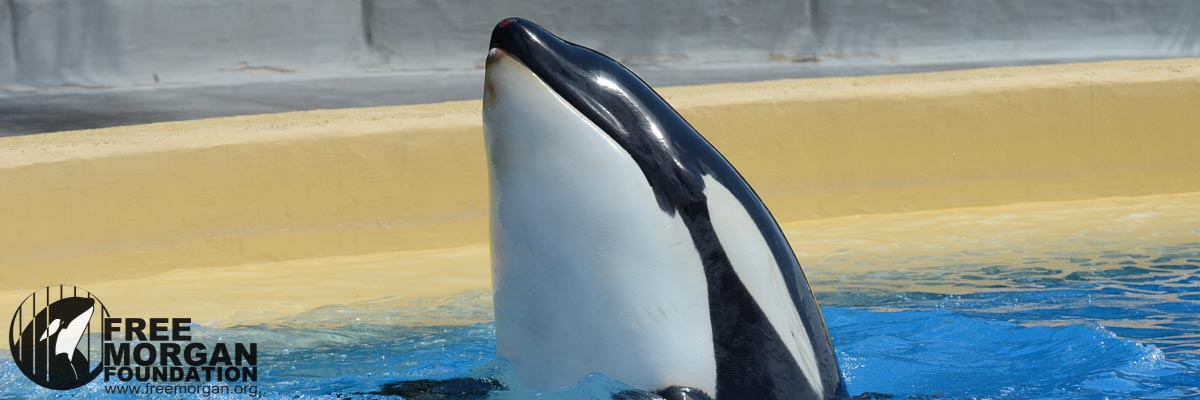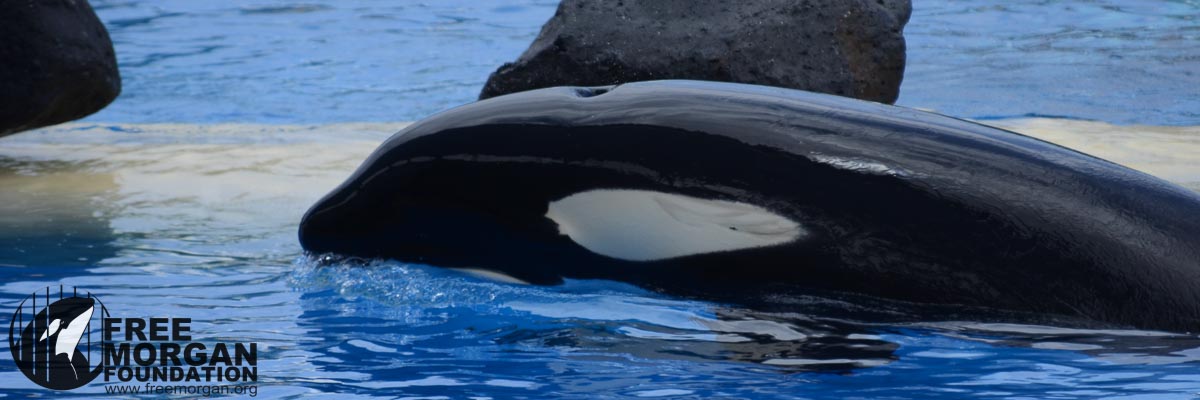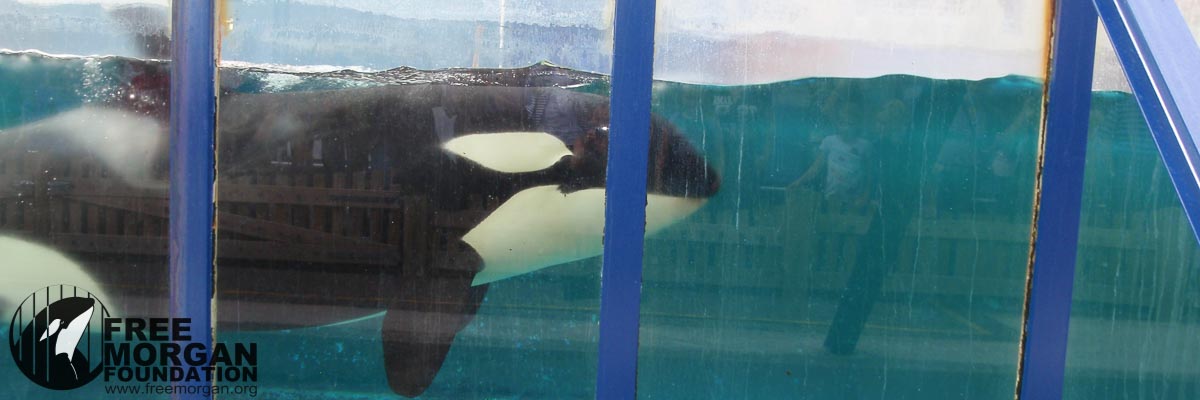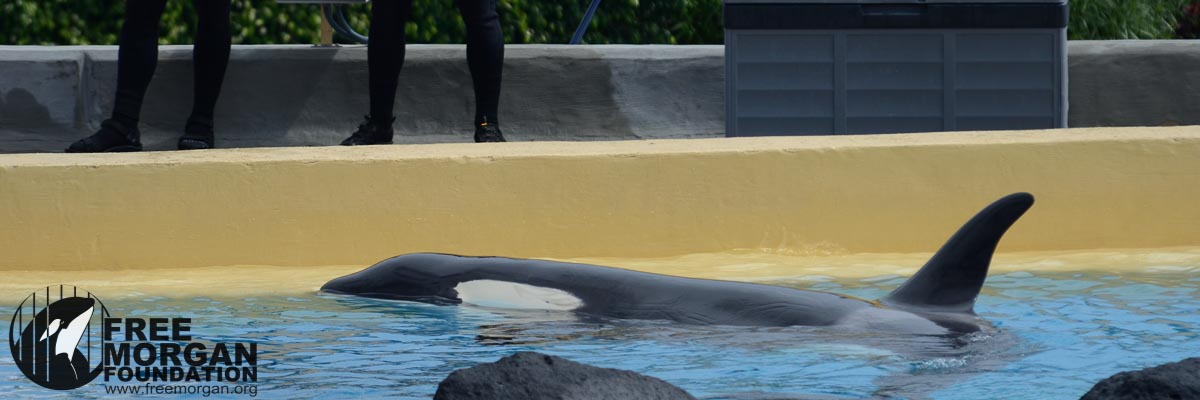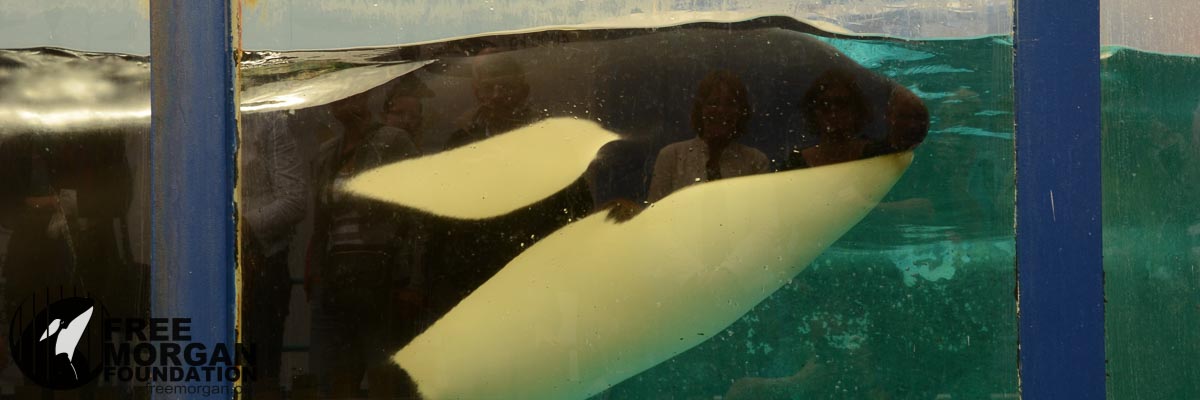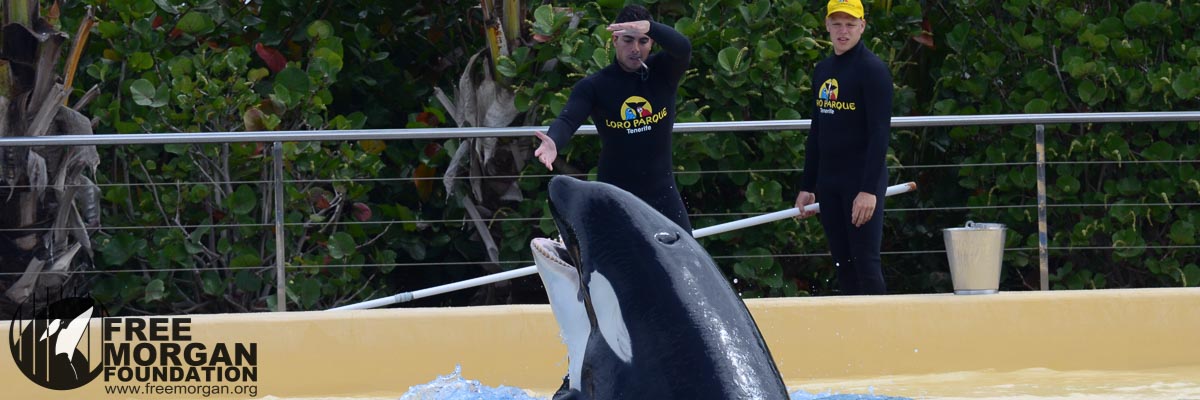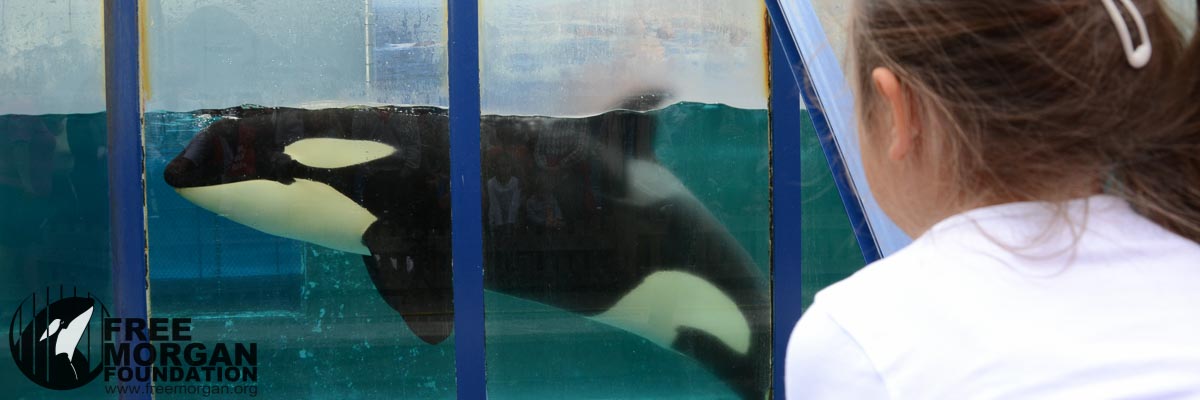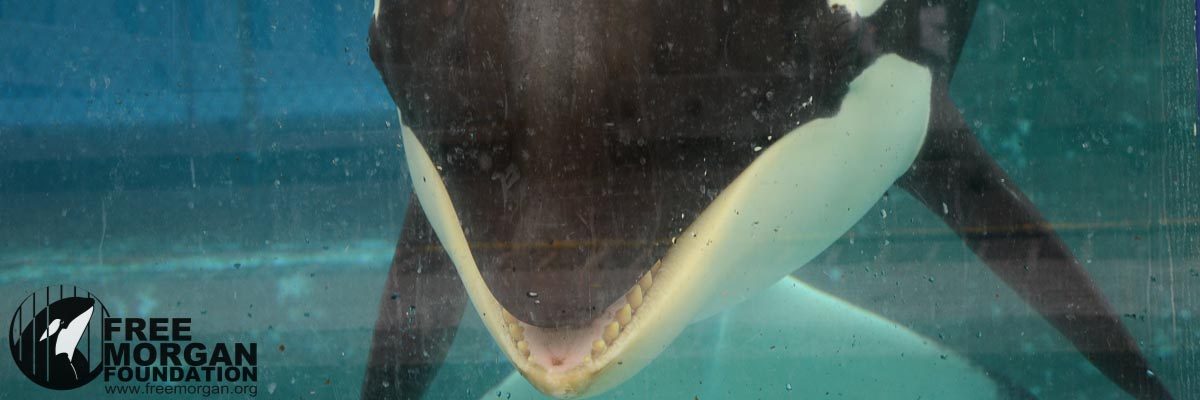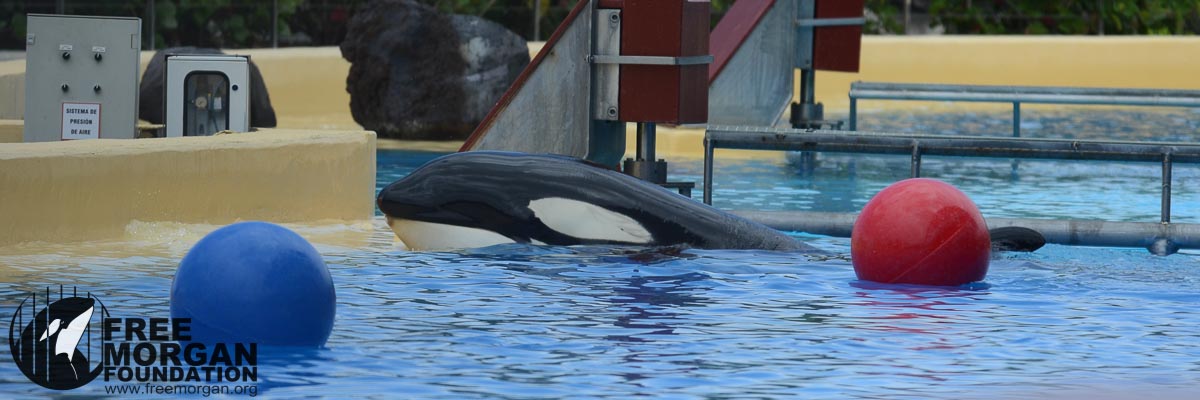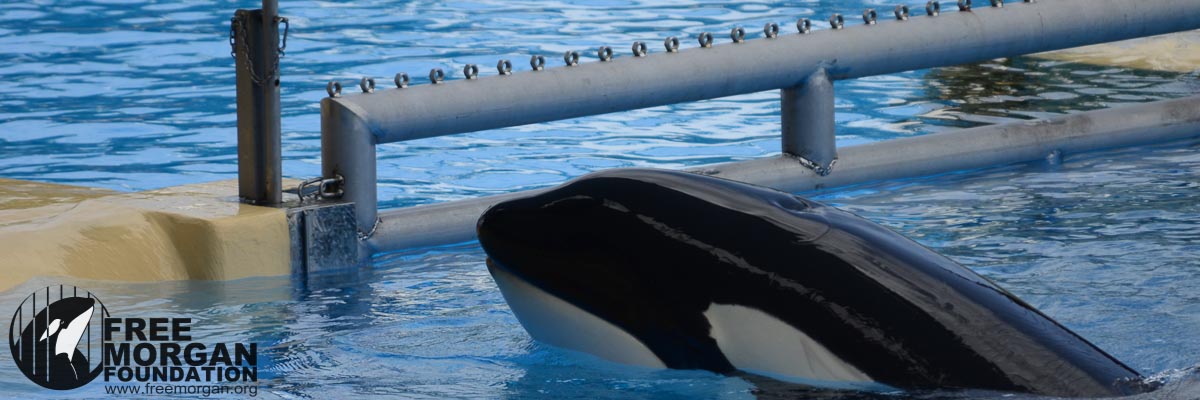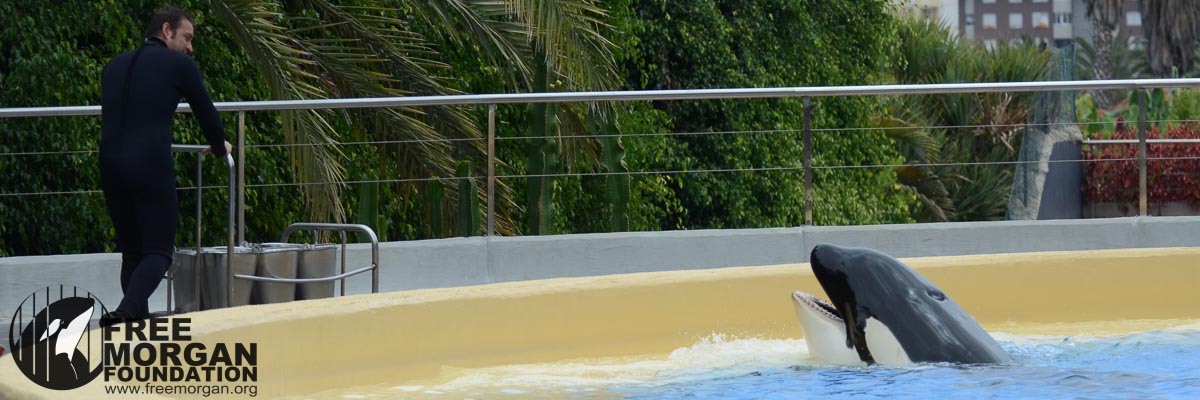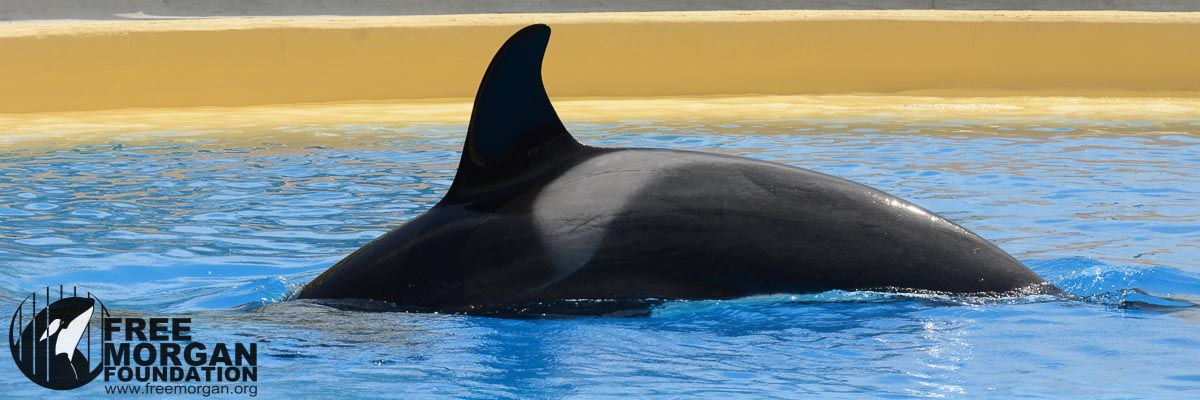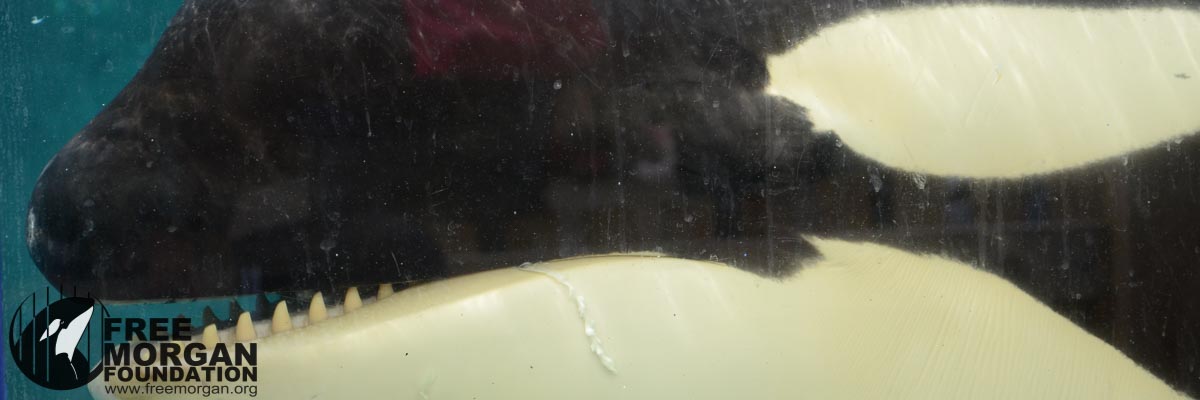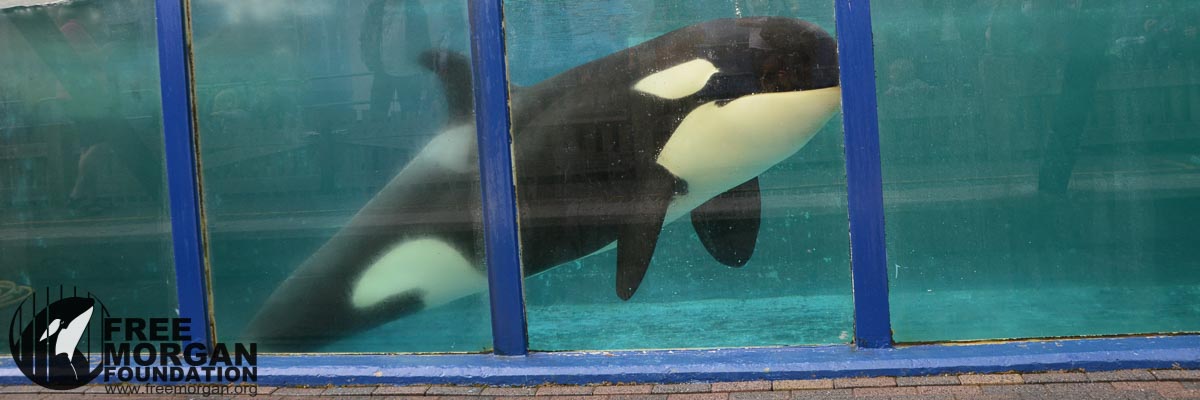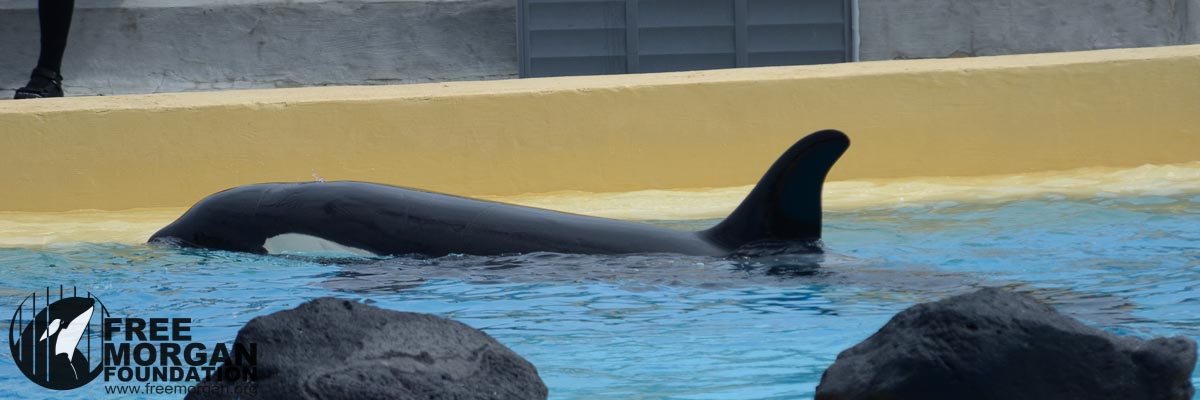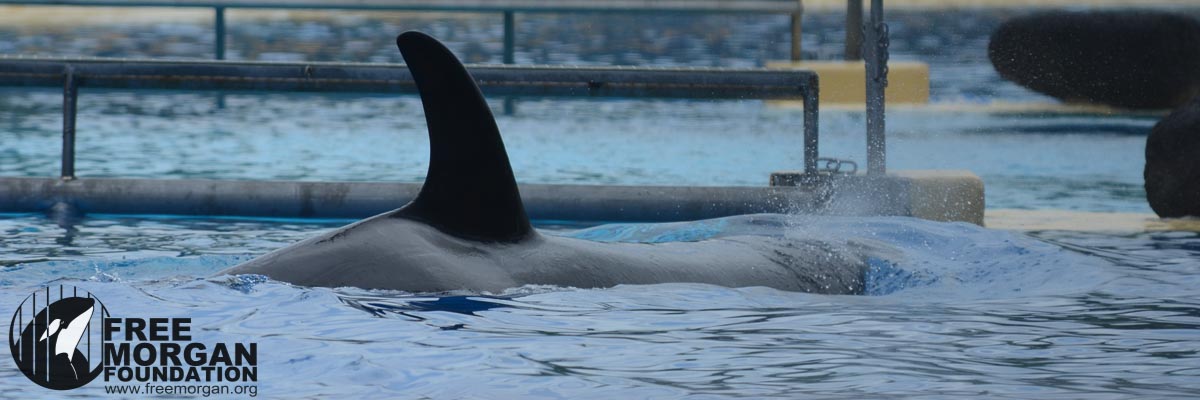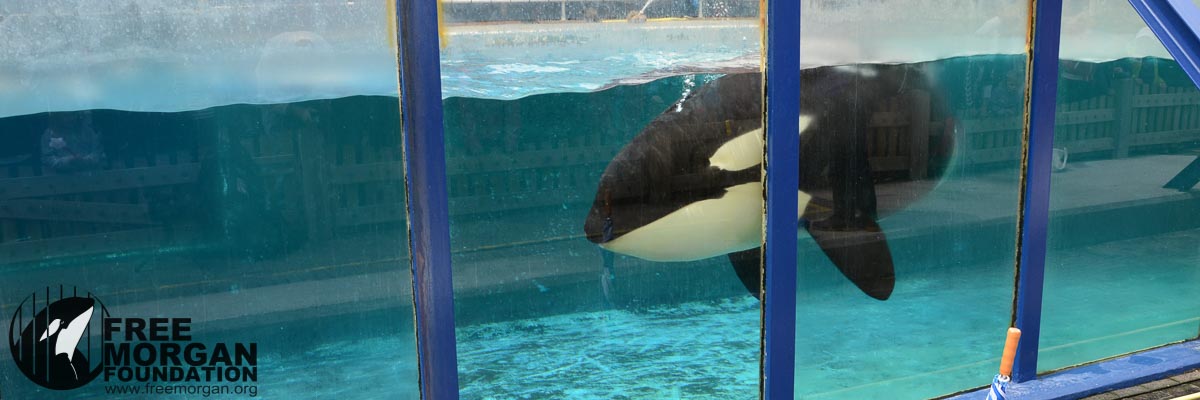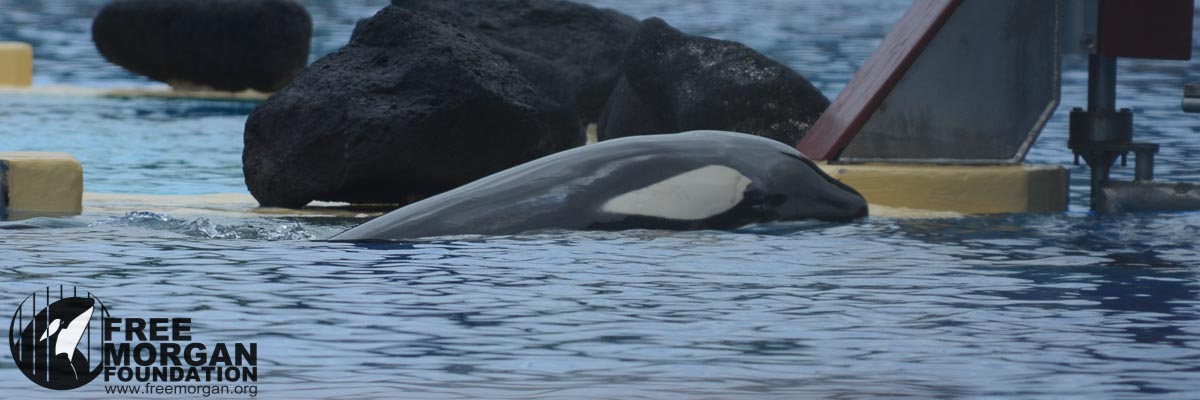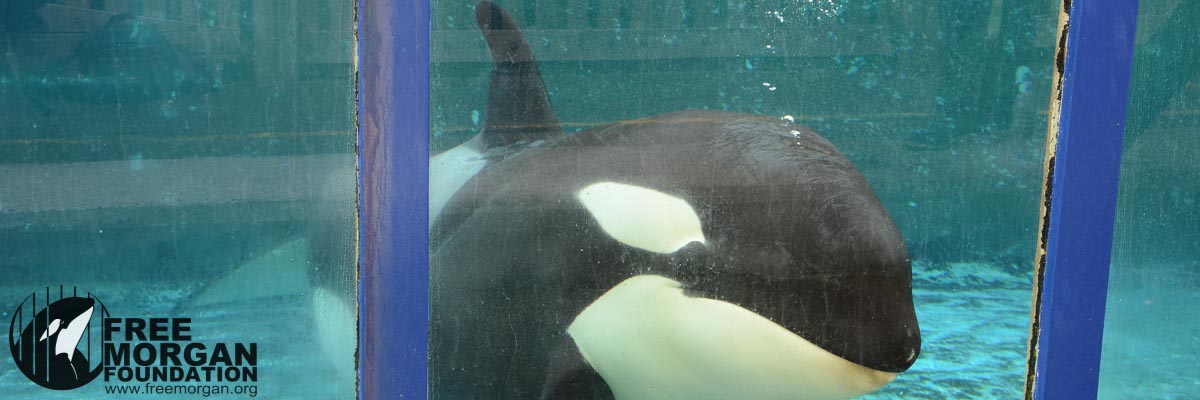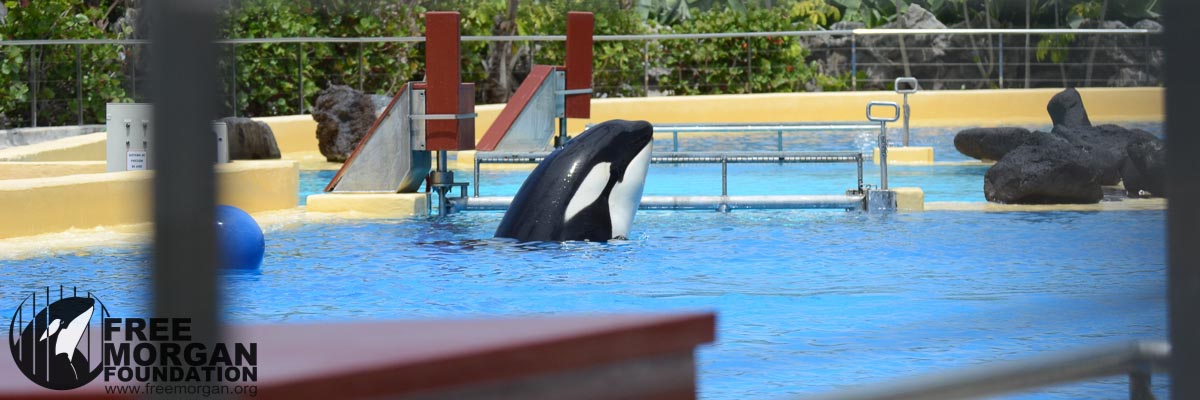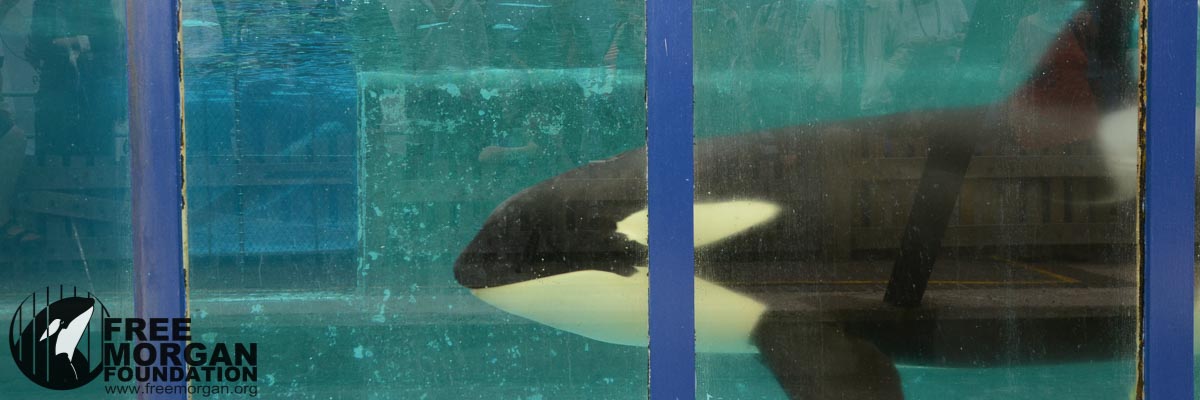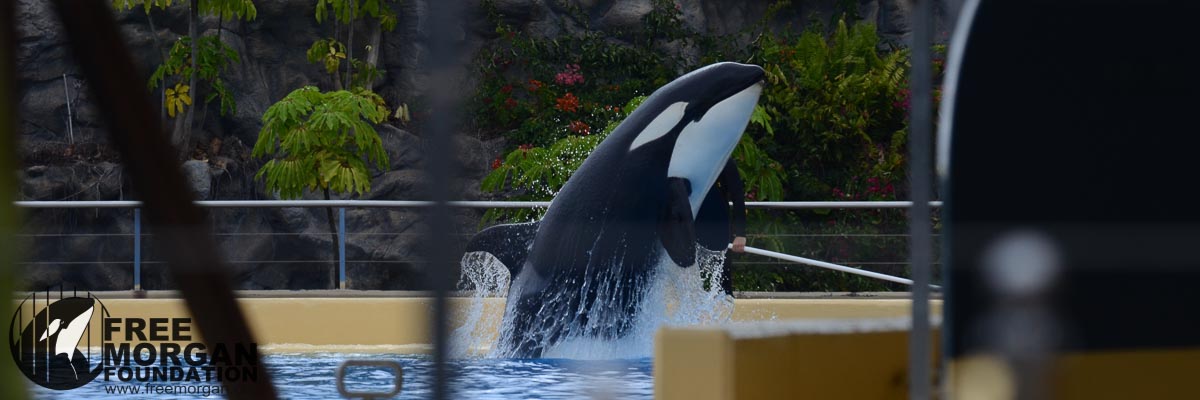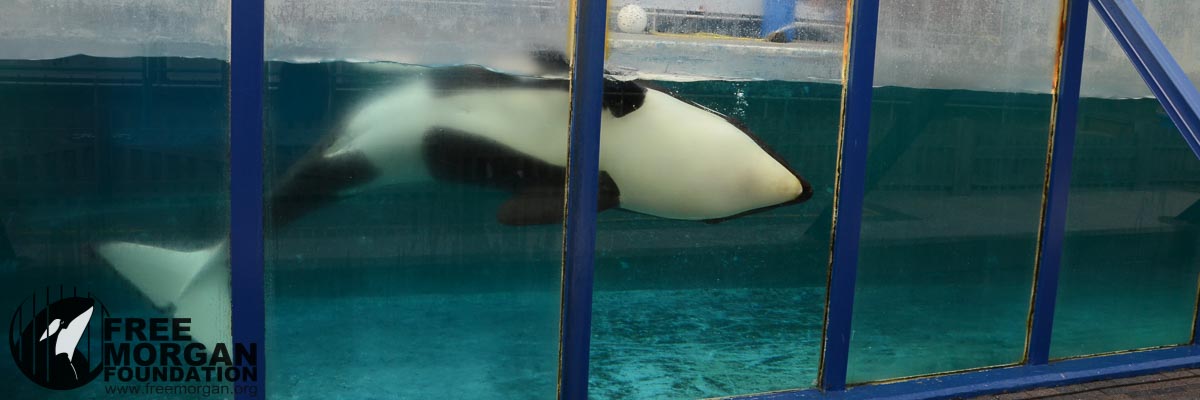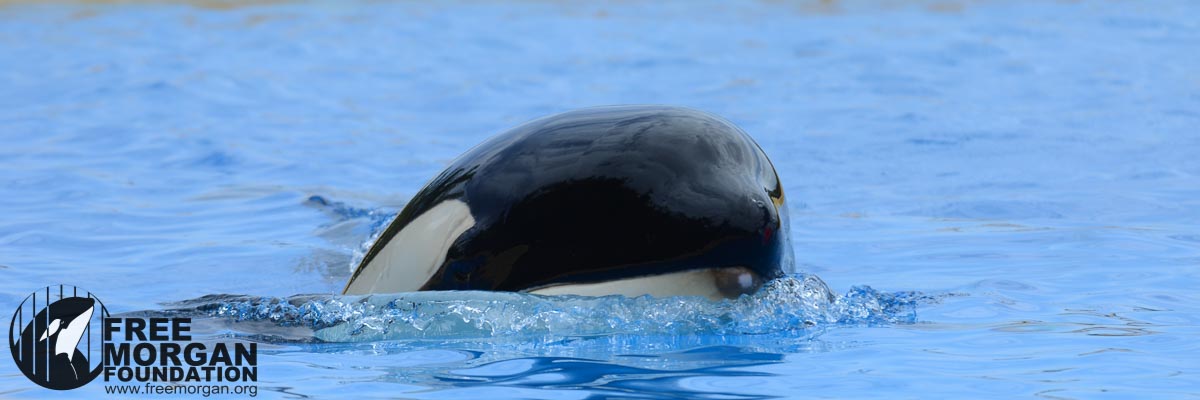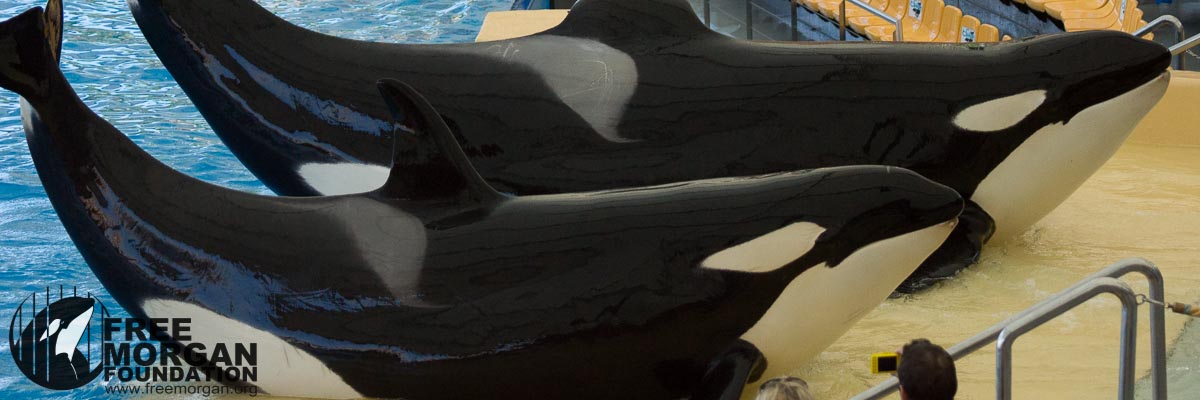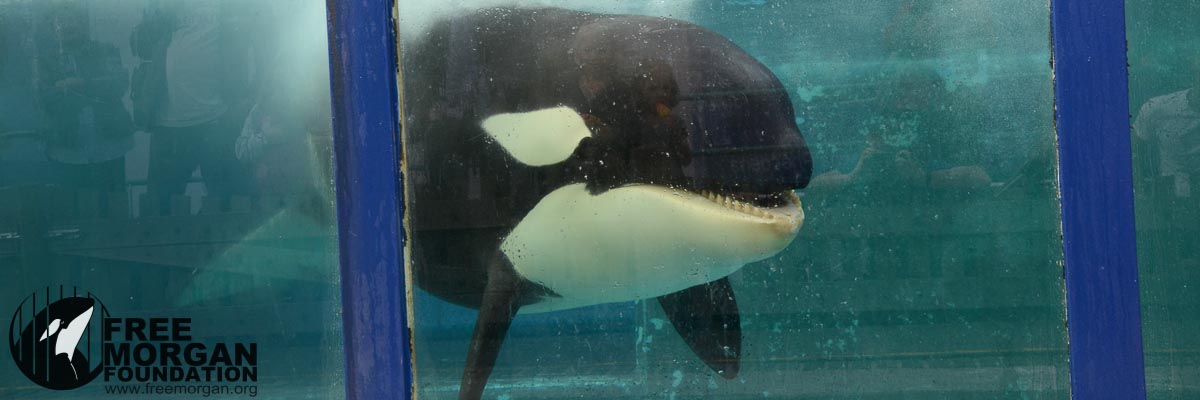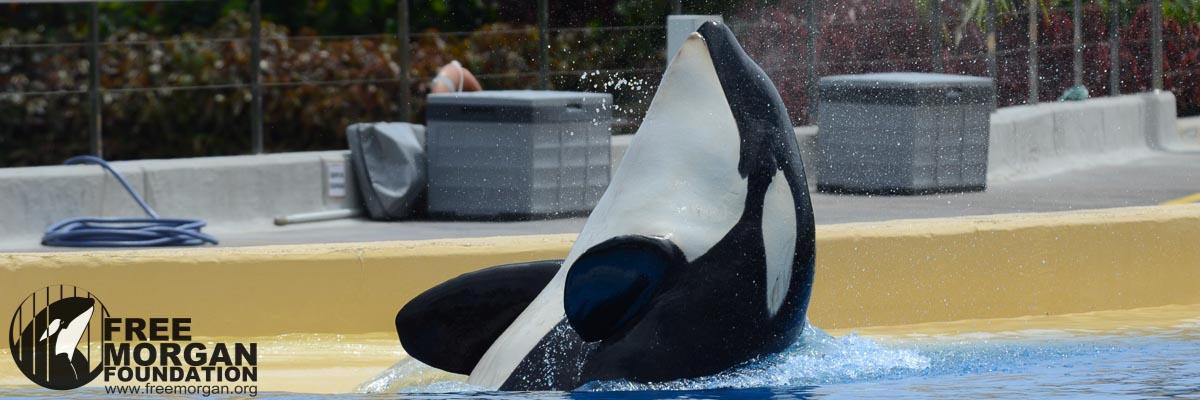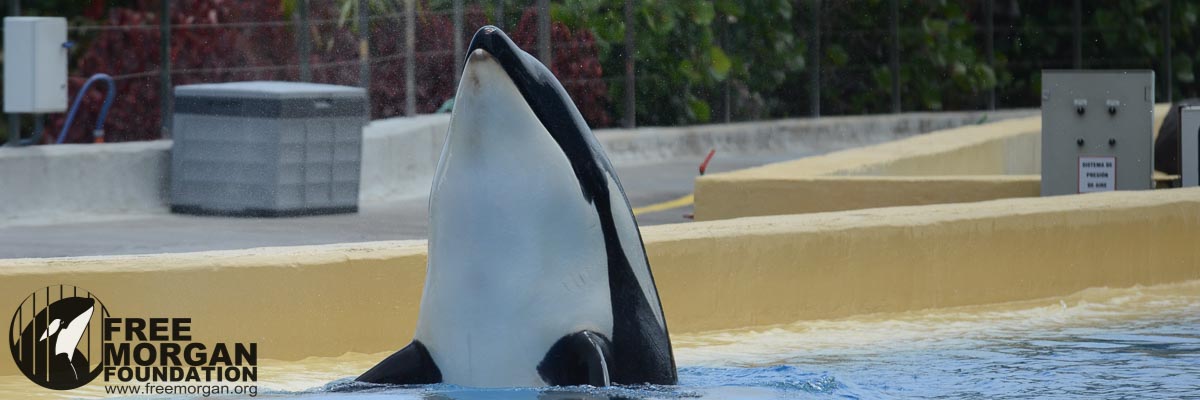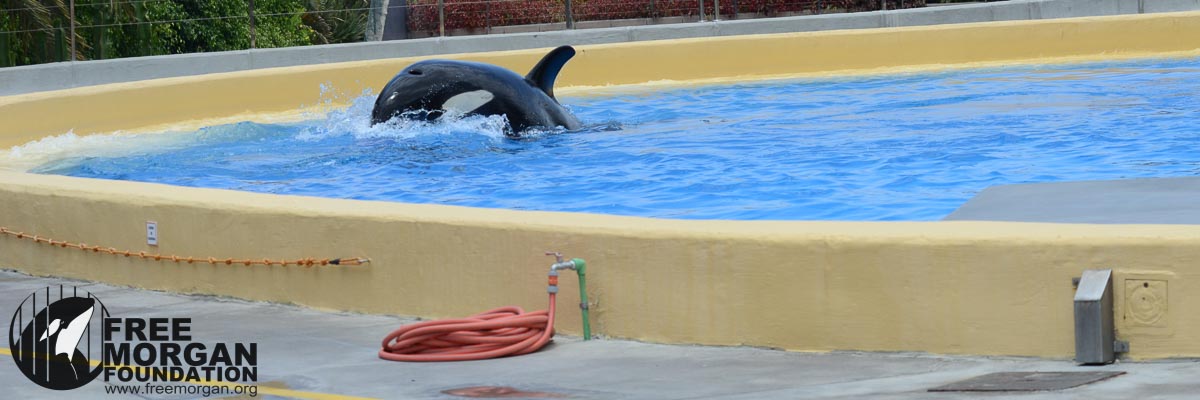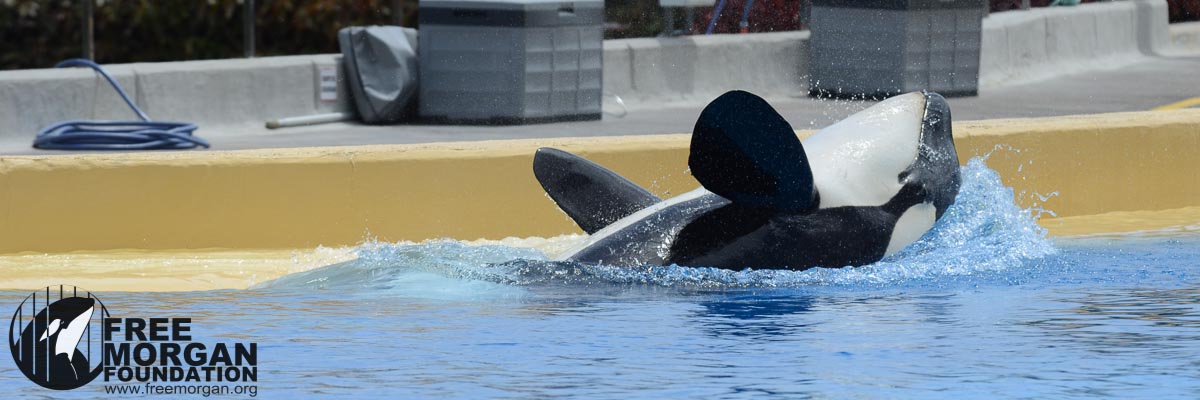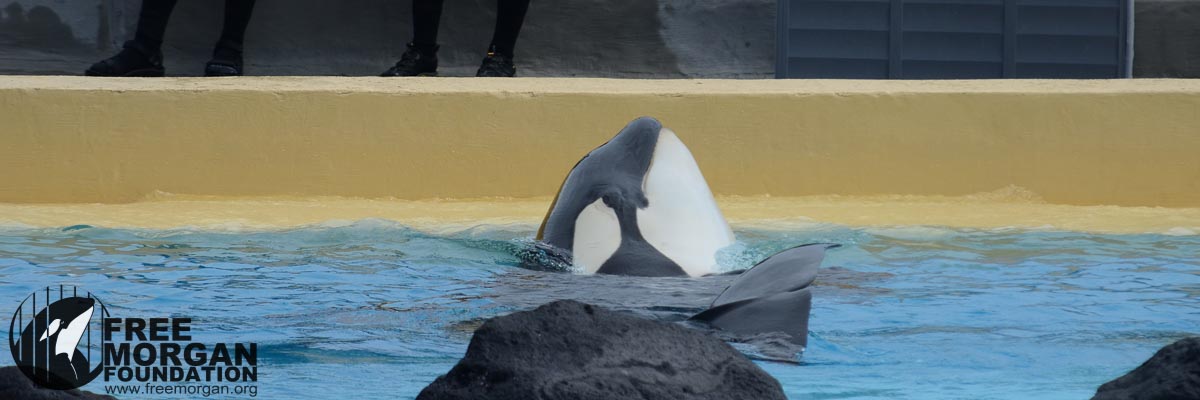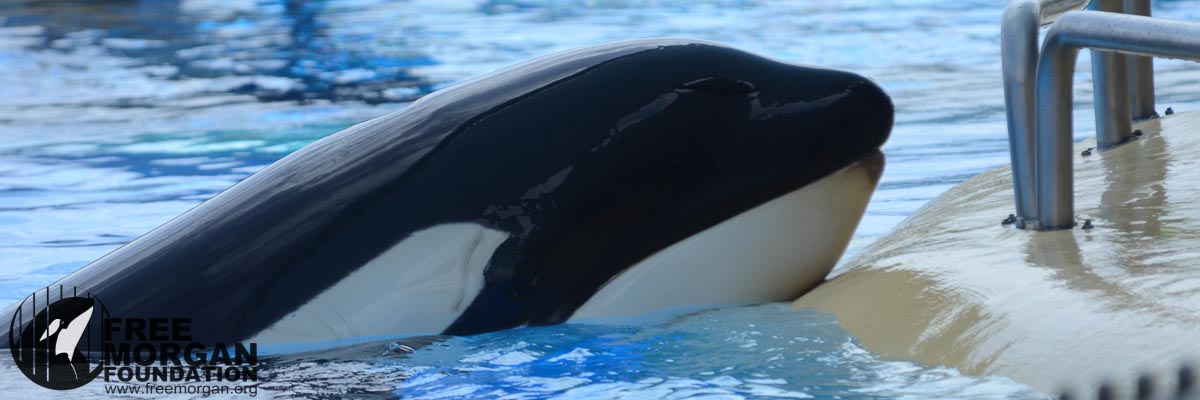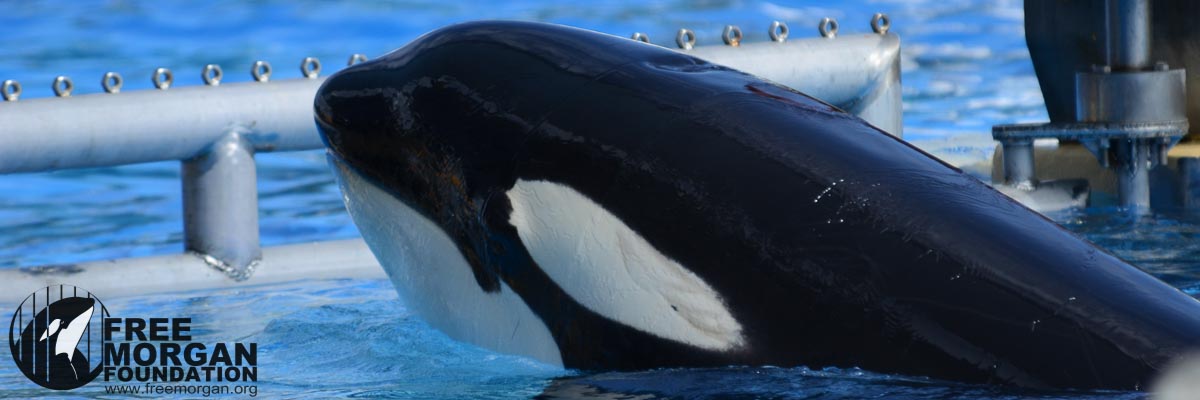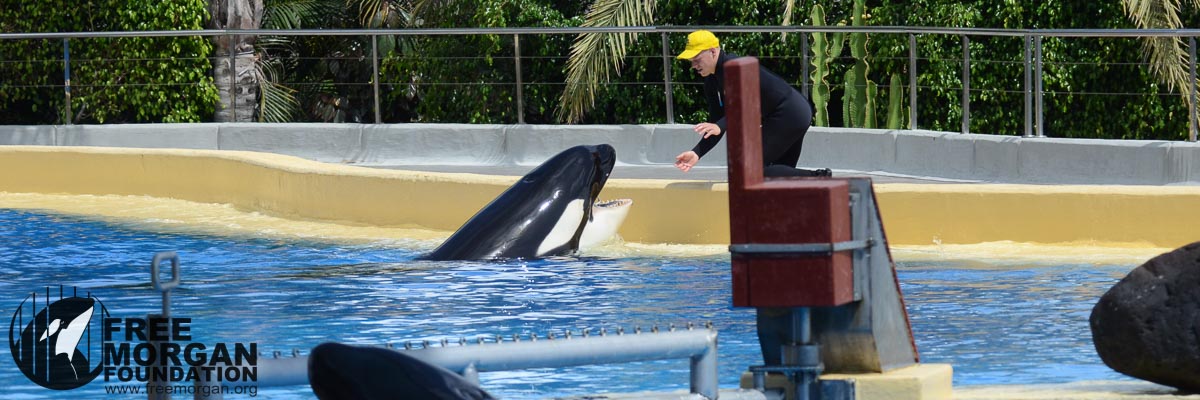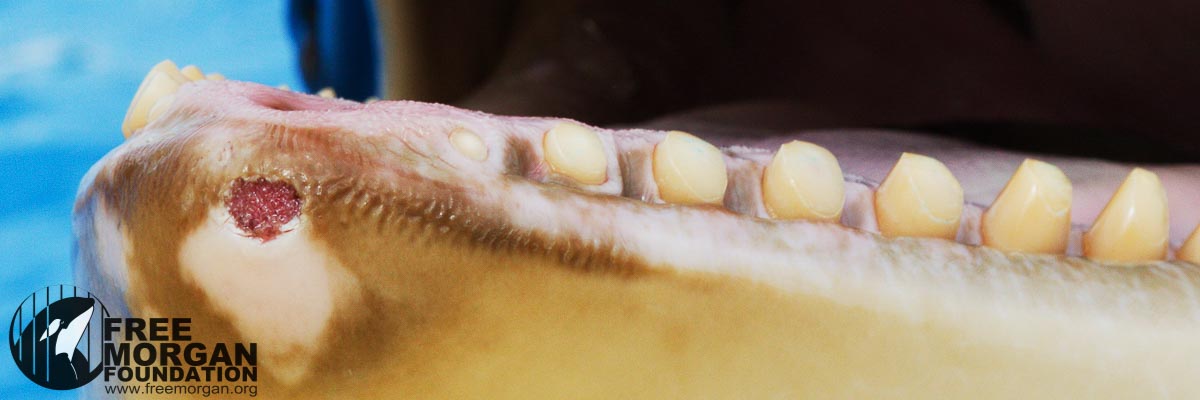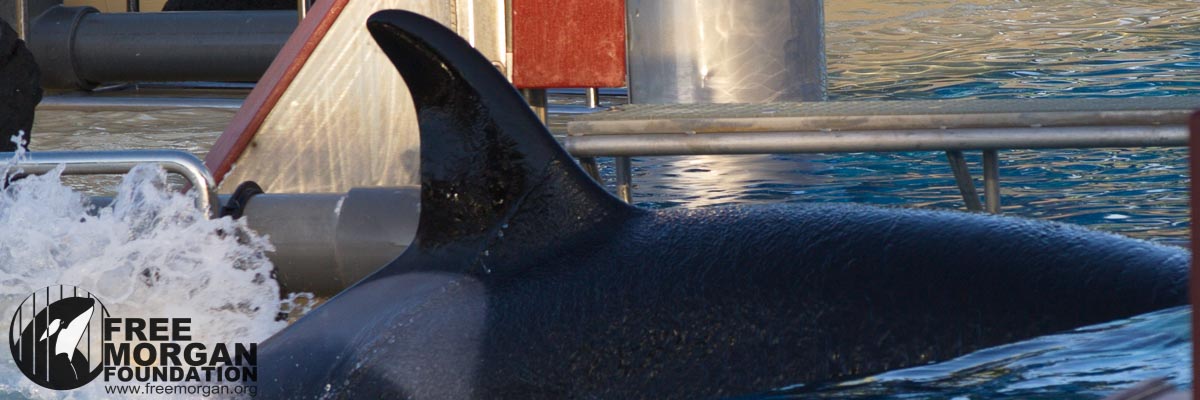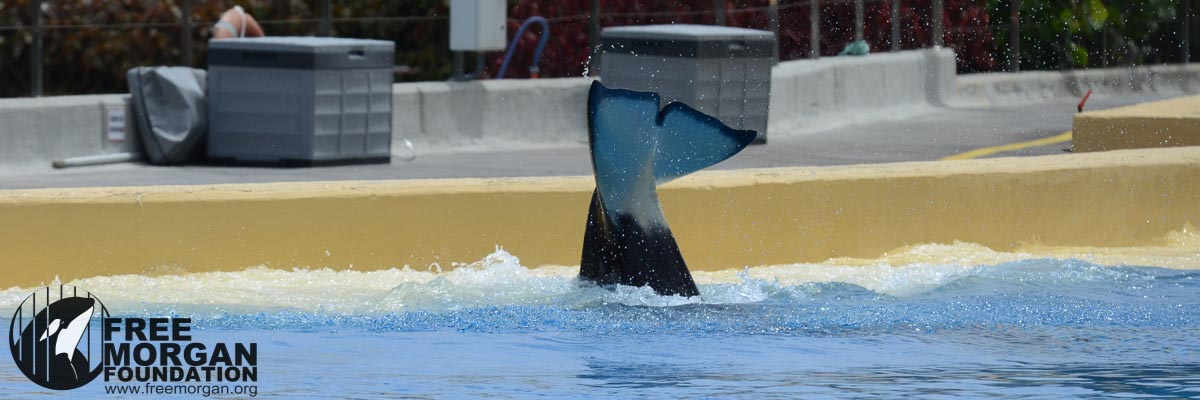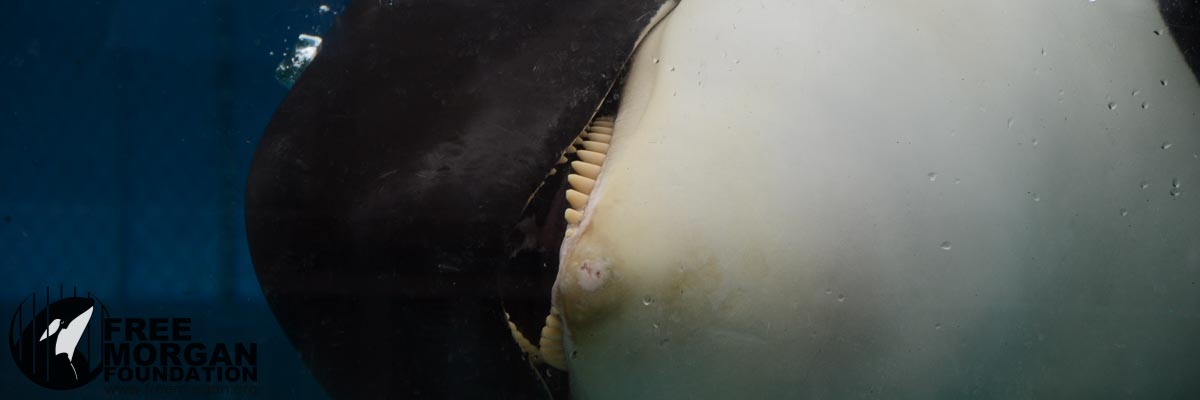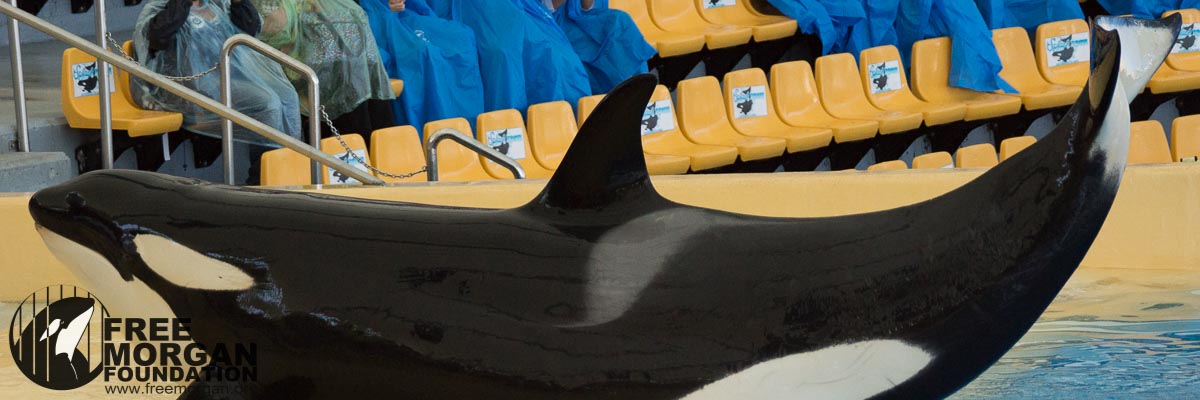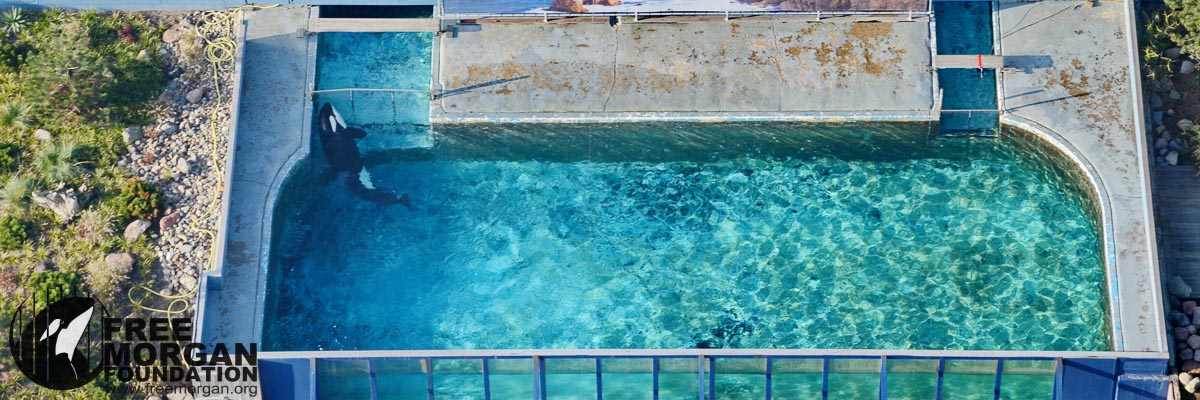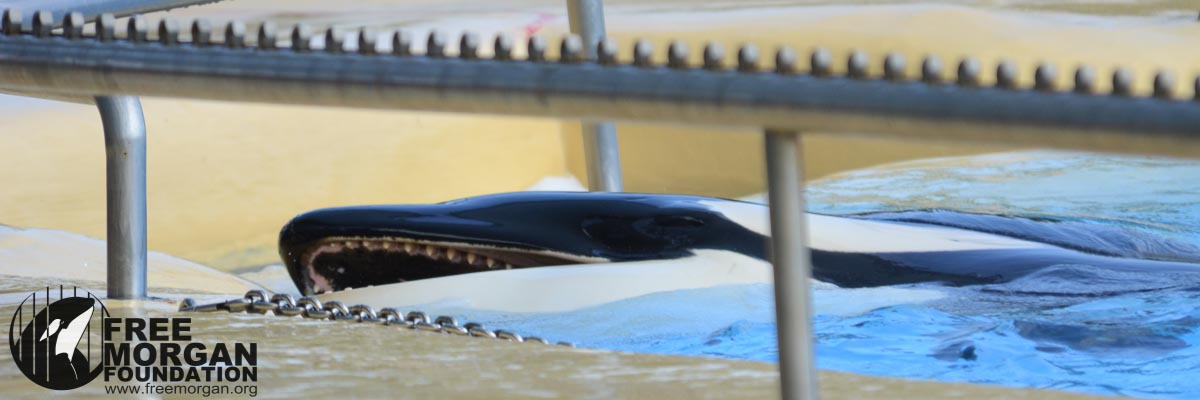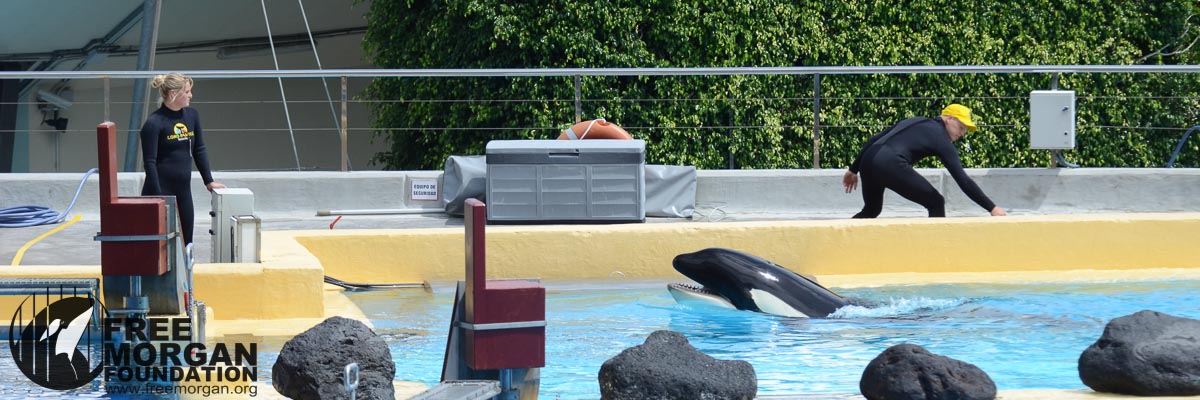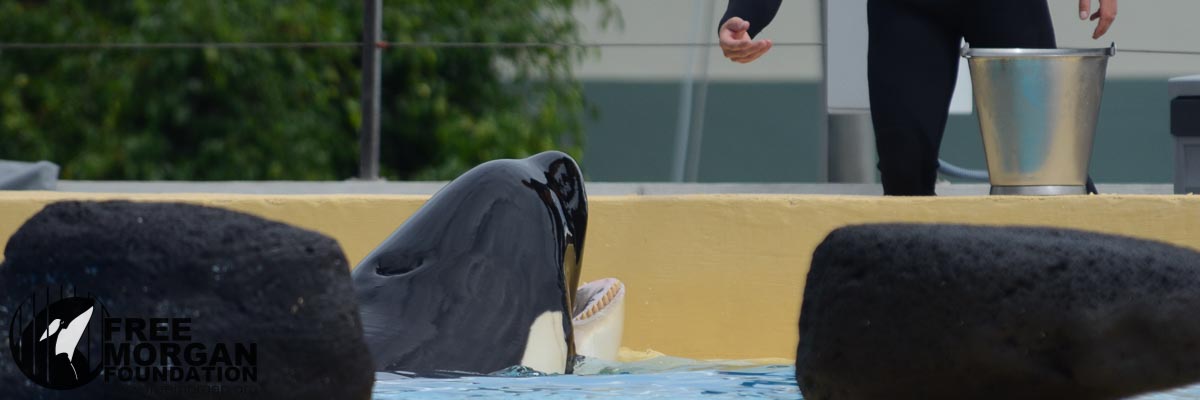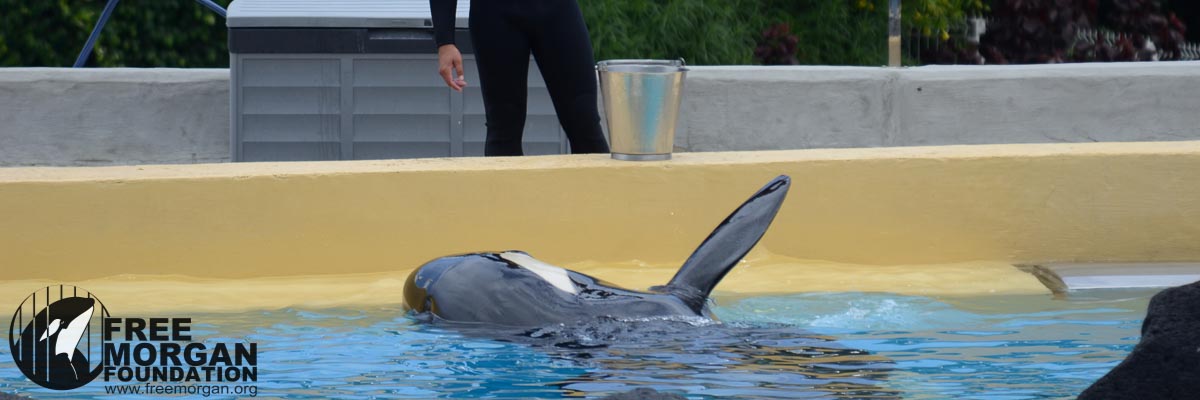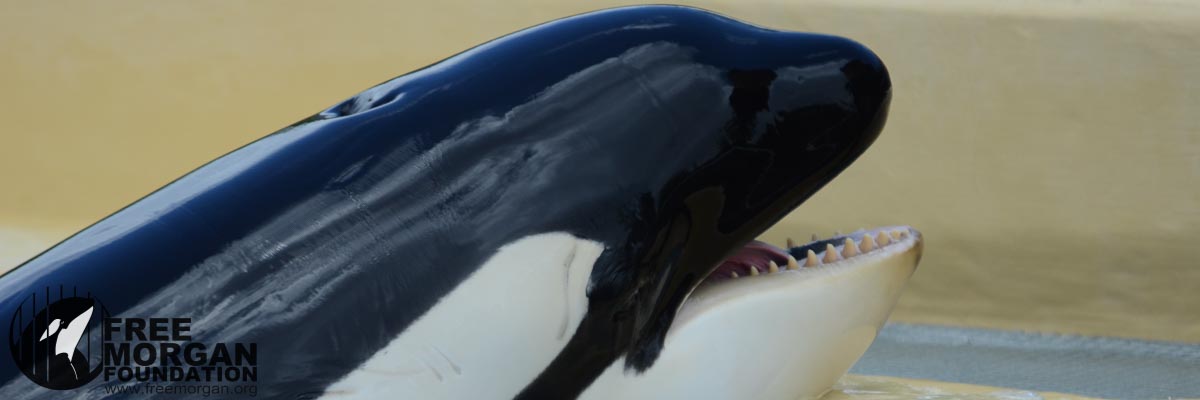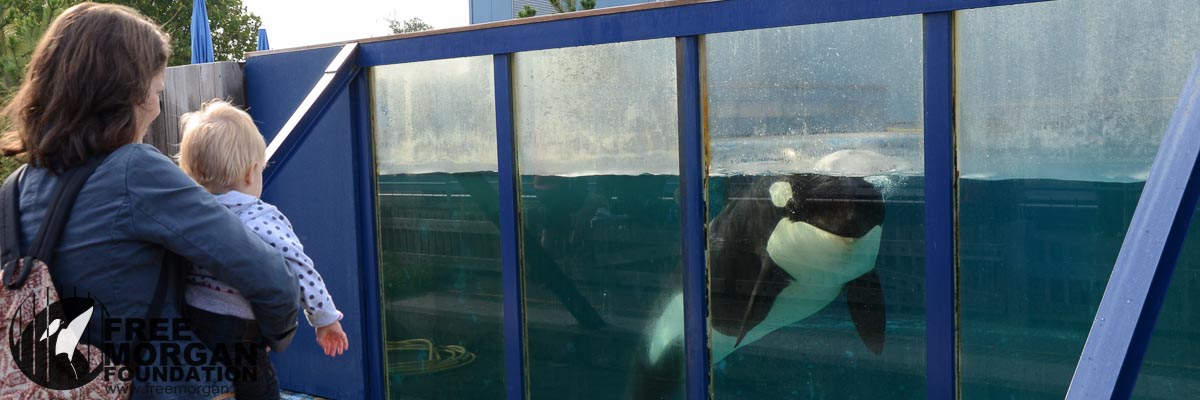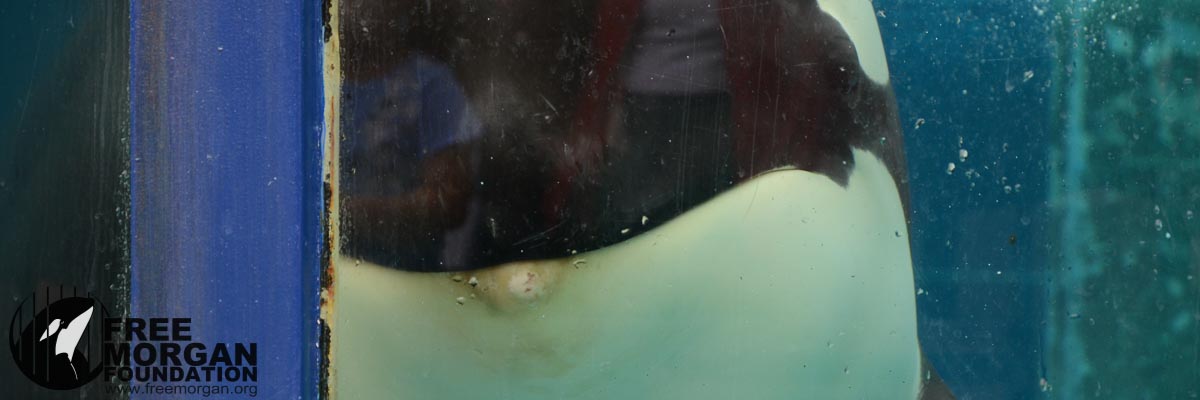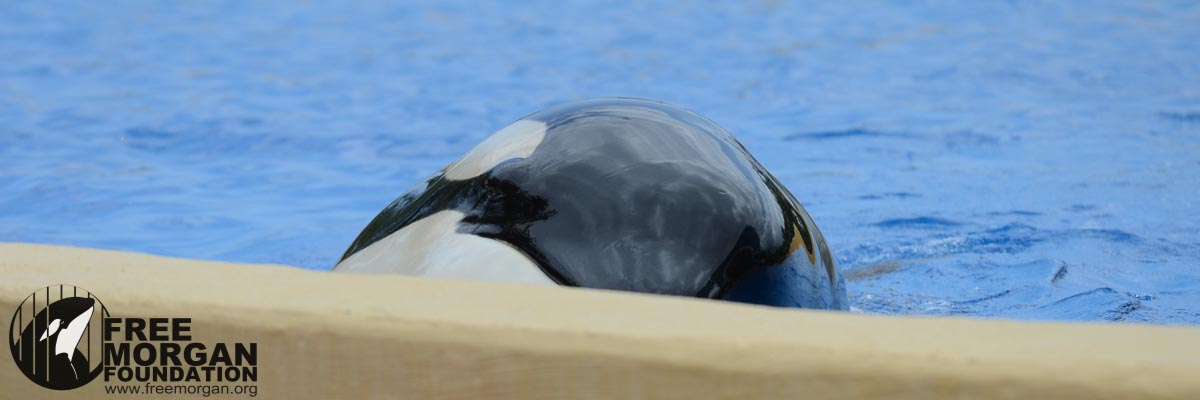Recently, a number of entities have been claiming that there have;
(1) Only ever been two orca held in seapens (also sometimes called ocean pens) and/or;
(2) There have never been any successful releases of orca from seapens.
These are both false claims. Here are the facts.
More than 55 orca have been held in seapens
Due to poor access to records from the captivity industry, it is unclear exactly how many orca have been held in seapens, but at an absolute minimum, more than 55 have been held (from days to decades). These orca were held in seapens for various reasons including; for public display, for making movies, whilst awaiting transfer to another captivity location, for research or for rehabilitation.
Of the ~55 held in seapens, at least 15 have been released back into the ocean. Of those who were released, some were only ever held in seapens whilst one was held in both a seapen and a variety of concrete tanks. Regardless, in all instances where records have been available, the orca were resighted (in one example the resighting occurred for more than three decades and in another for more than two decades).
To help put the nay-sayers comments into the framework of the facts and, so that the public can draw their own informed conclusions , we list here the currently (as of March 2016) known examples of orca held in seapens.
There are two tables. One lists those orca who were held in seapens and never released (i.e., they either died in the seapen or were transferred to a concrete tank) and the other lists those orca who were held in seapens and either escaped, were released or, in one case, ‘broke away’ from their trainers when out for ‘exercise’ and never returned to the seapen. The primary source of data has been the book by Eric Hoyt and the ‘Deficiencies in the MMIR reports’ by John Kielty and thanks are extended to them for their efforts. However other valuable and accurate sources are also listed (see details at the end of each table).
TABLE 1.
Orca who were held in seapens and never released.
NOTE: The longest duration an orca was held in a seapen = ‘Nami’ (25 years, 5 months, 6 days), followed by ‘Haida 2’ & ‘Nootka IV’ both who were both held in the same seapen for 10 years, 5 months, 1 day.
‘Tilikum’ who features in the documentary ‘Blackfish’ was first held in a seapen (for 7 years, 10 months, 1 day), then transferred to SeaWorld Orlando where he has been held in a concrete tank ever since. Tilikum sired a calf (Kyuquot) whilst in the seapen. Kyuquot was born in the same seapen and lived there for 1 year, 10 months, 16 days, before he was removed and sent to a different SeaWorld (San Antonio) where he now lives in a concrete tank.
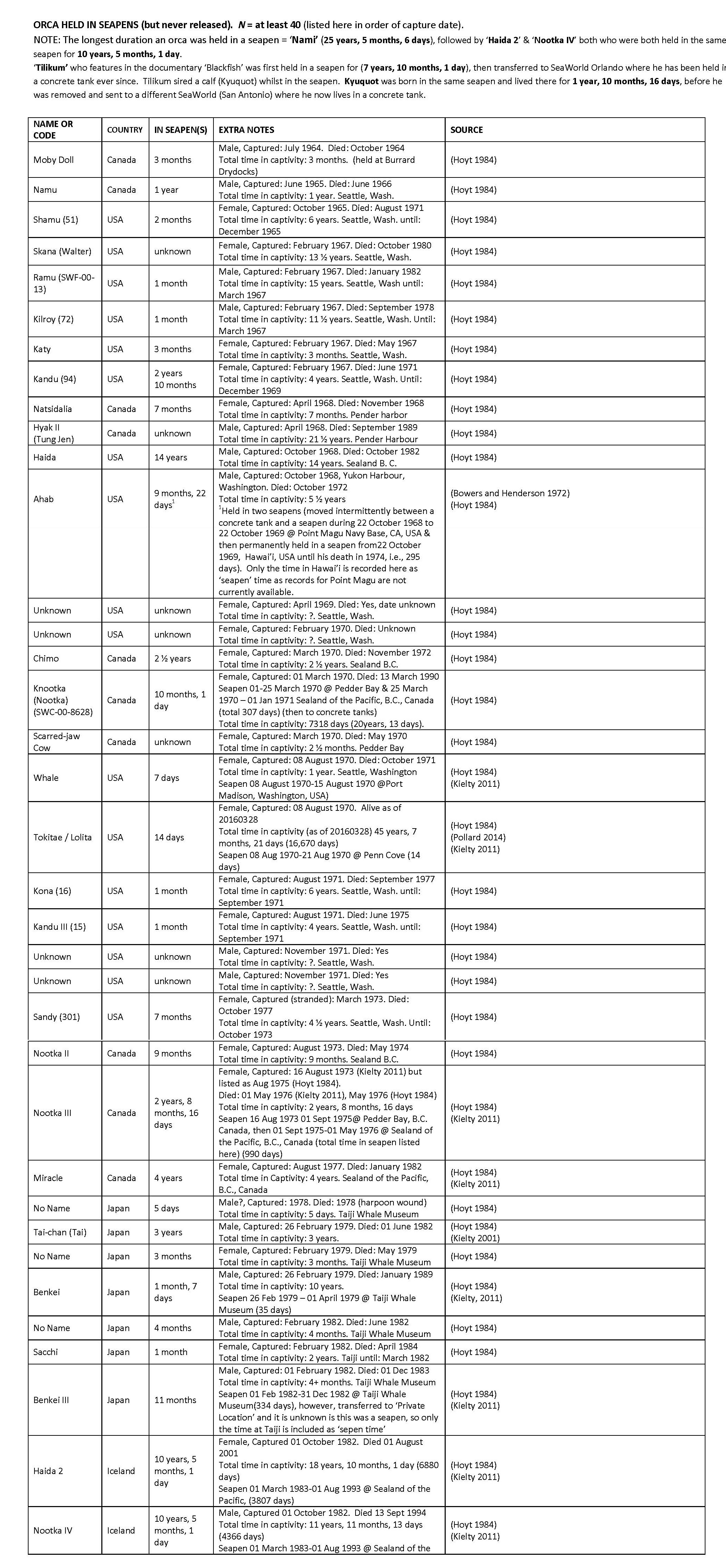
TABLE 2.
Orca who were held in seapens and released.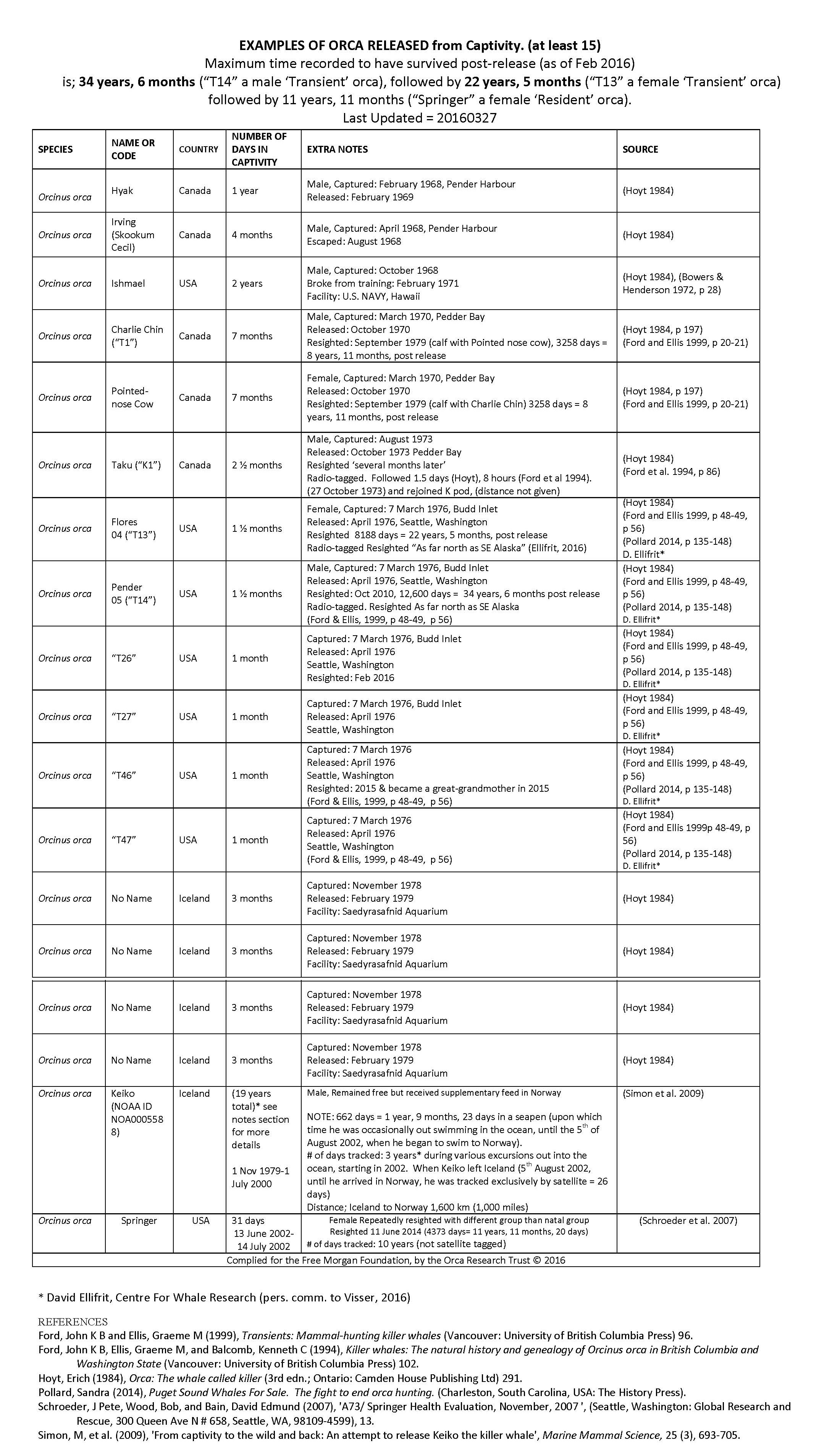
Keiko.
There have also been claims made that the release of Keiko (the star from the movie ‘Free Willy’) was not a success. This is typically a claim made by those that are either ill-informed, or who have agendas to maintain orca in captivity and/or have little if any knowledge of what really went on once Keiko was moved to Iceland. Unfortunately, all of these people certainly don’t look at the big picture, nor offer their comments within the framework of what actually happened. A more detailed assessment of the situation is given under its own separate page as the details are extensive and Keiko’s time in a seapen warrants a deeper explanation. However, a timeline which includes the days that he spent in the seapen, enclosed (netted off) bay and the open ocean and fjords (9 September 1998 until 12 December 2003) is worth noting as he spent 1,921 days (=5 years, 3 months, 4 days) in the ocean.
Springer.
Furthermore, the female orca ‘Springer’, who was held in a seapen, is often overlooked as an orca who’s rehabilitation and release is an outstanding success. She was found in an extremely compromised situation and she was rehabilitated. Since her release she has fully integrated back into the orca world and has given birth to a calf.
Luna.
Additionally, many people falsely claim a male orca, known as ‘Luna’ was a ‘rescue that went wrong’ – when in fact Luna was never rescued. He was alone in a remote area and although plans were afoot to assist him to move back to an area where his family were known to frequent, unfortunately he was hit by a tugboat and died before they could be implemented. Luna was never held captive, including in a seapen.
